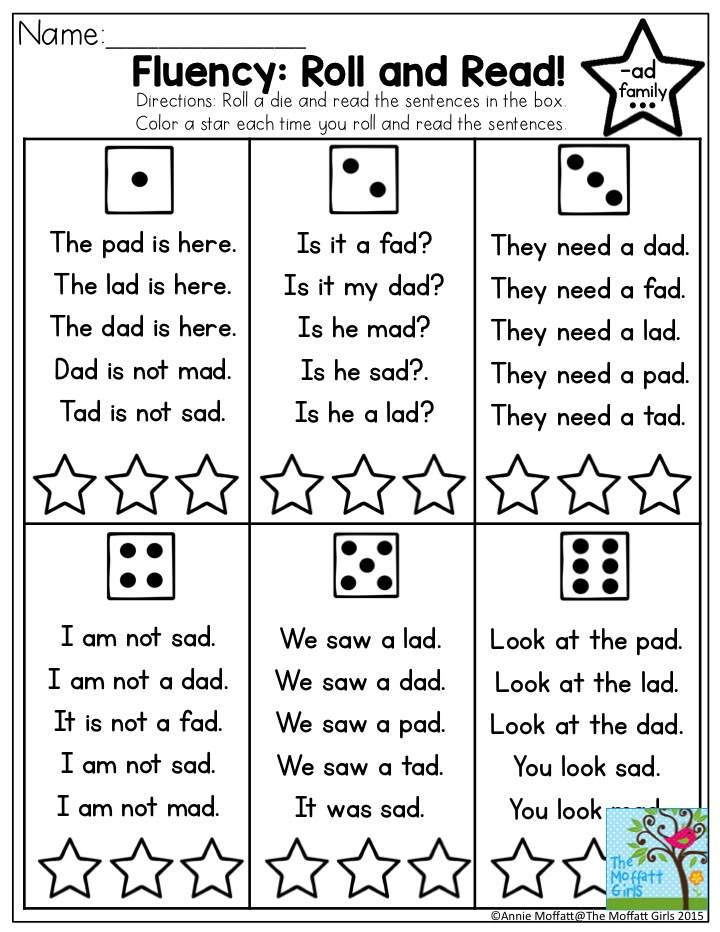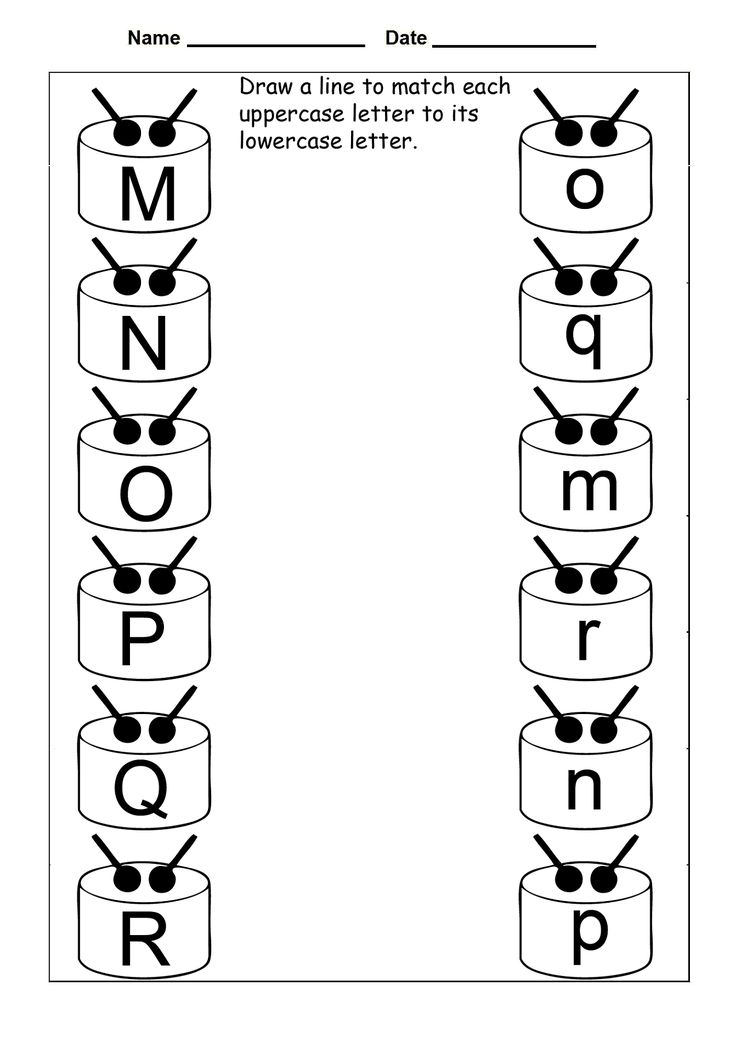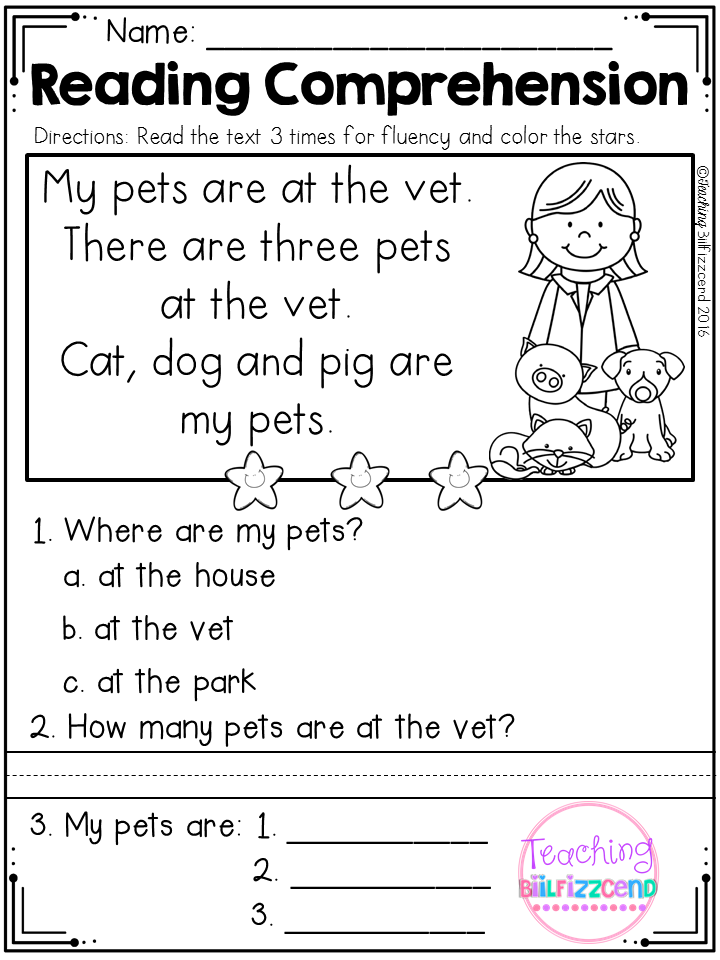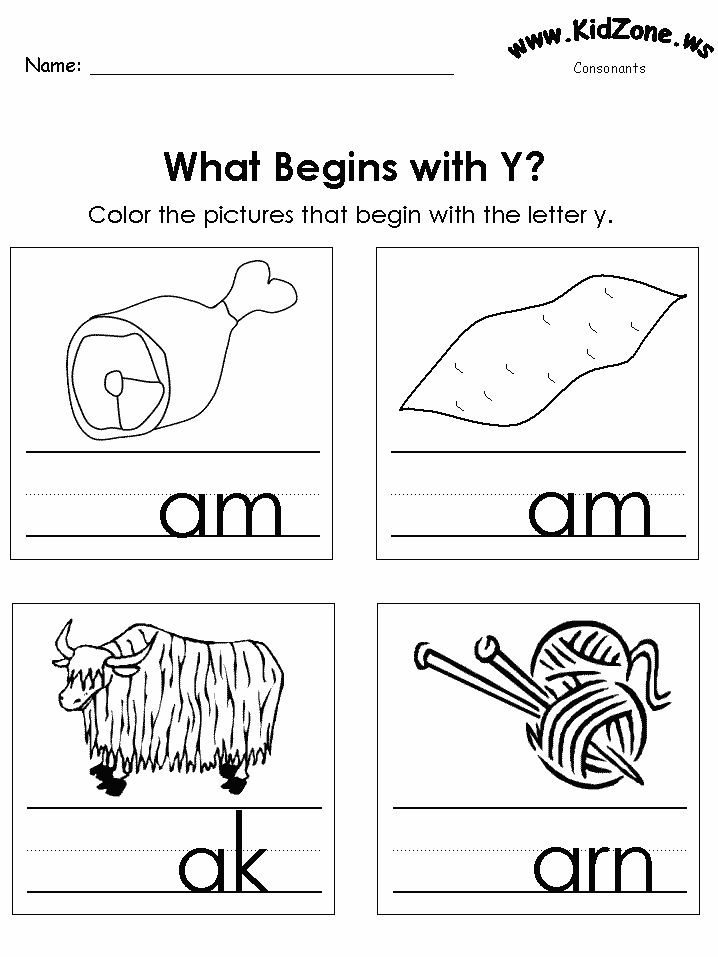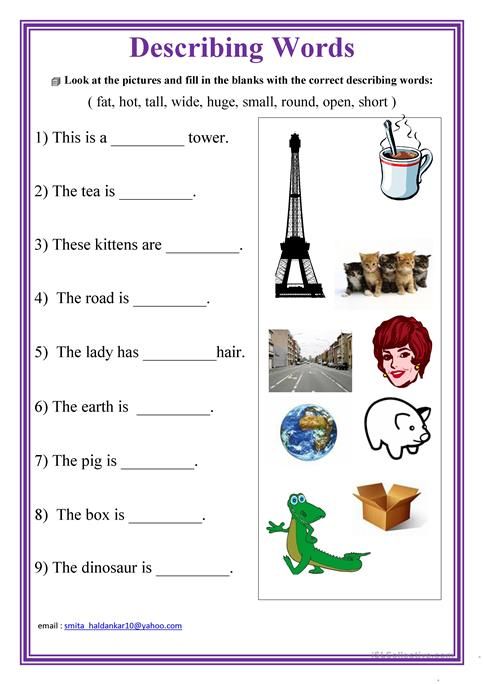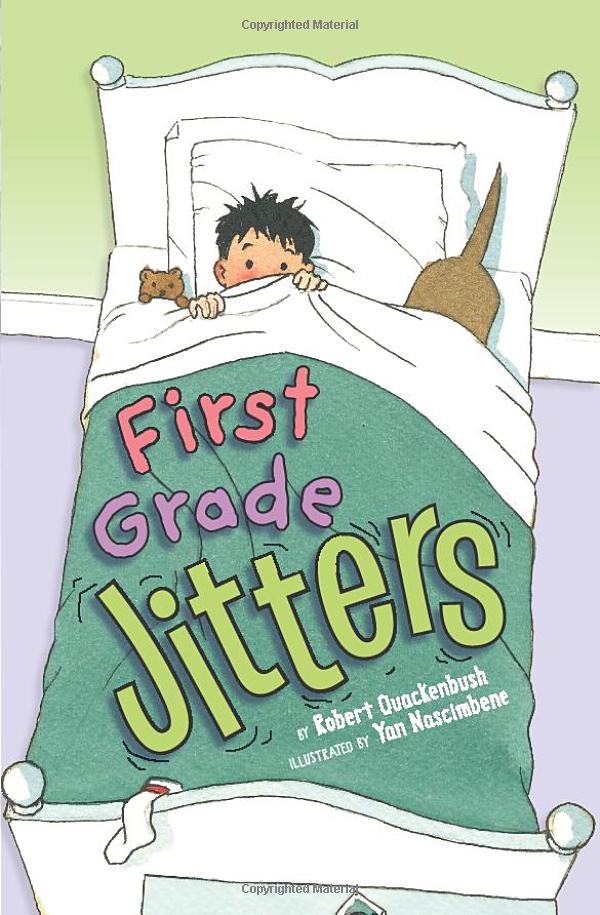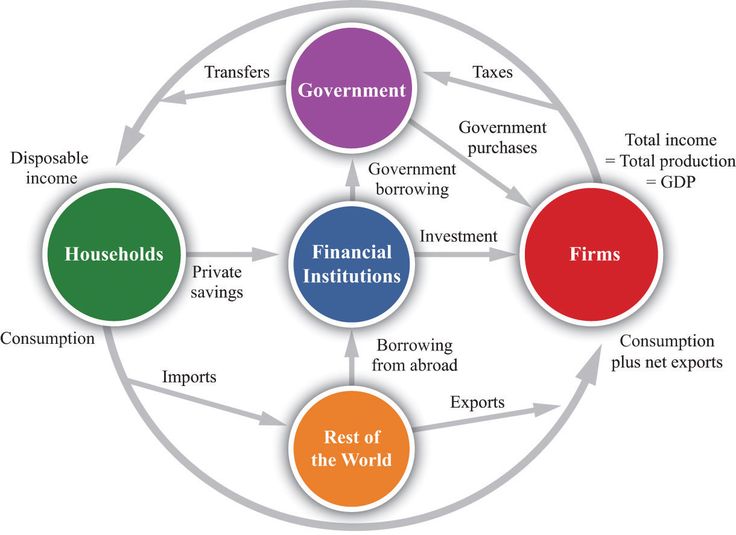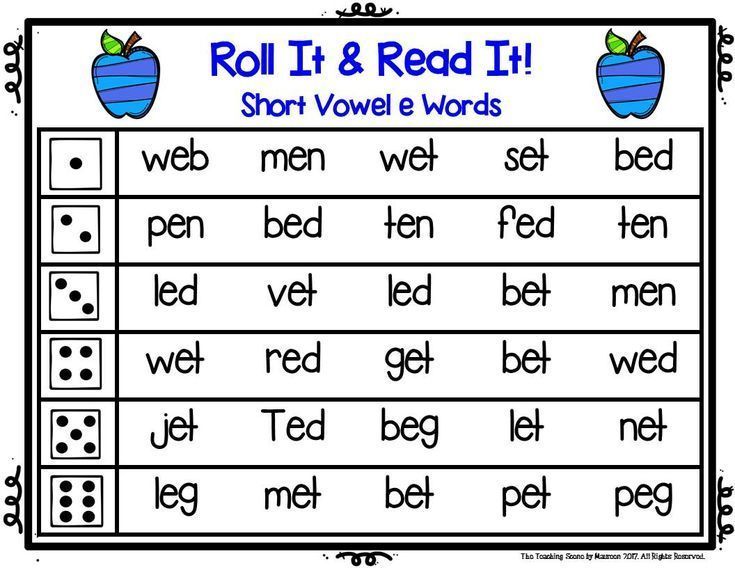Vocabulary child development
Build Your Child's Vocabulary
By Lauren Lowry,
Hanen Certified SLP and Clinical Staff Writer
Did you know that:
- a child’s vocabulary growth is directly linked to his or her overall school achievement [1]
- the size of a child’s vocabulary in kindergarten predicts his ability to learn to read [2]
- the more words a child knows, the more information the child has access to
- having a large vocabulary helps children think and learn about the world
It is important to encourage children’s vocabulary development so that they develop the language and literacy skills necessary to succeed in school. The adults in a child’s life play a significant role in helping a child learn new words. Through everyday conversations and interactions, caregivers use unfamiliar words and talk about what words mean, which helps expand a child’s vocabulary. In fact, the number of words a child is exposed to by his parents relates directly to the size of the child’s vocabulary [3].
A recent study about vocabulary
However, it’s not just about how much you say, but also about what words you use that makes a difference to a child’s vocabulary. In a 2012 study, Meredith Rowe looked at the factors that contribute most to a child’s later vocabulary development. She studied the vocabulary of 50 young children when they were 18, 30, 42, and 54 months of age, as well as the amount (quantity) and type (quality) of words the parents used with their children. She found certain factors that contributed to a child’s vocabulary one year later, such as the parents’ education and the child’s previous vocabulary. But some of her most interesting findings were that:
- children’s vocabulary at 30 months was influenced by the quantity (number) of words a parent used one year earlier – This means that children aged 12-24 months benefit from hearing lots of talk and many examples of words.
- children’s vocabulary at 42 months was influenced by parents’ use of a variety of sophisticated words one year earlier – Children aged 24-36 months have learned a lot of common vocabulary, and are ready to learn more difficult words, such as “purchase” instead of “buy”, or “weary” instead of “tired”.

- children’s vocabulary at 54 months was influenced by parents’ use of narratives (talking about things that happened in the past or in the future) and explanations one year earlier – Children aged 36-48 months benefit from conversations about things that happened in the past (e.g. an outing they went on, something funny that happened at preschool, etc.) or something that is planned for the near future (e.g. a trip to see Grandma) is helpful. And providing explanations about things (e.g. answering children’s “why” questions) is also helpful at this age.
Rowe concluded that “quantity…is not the whole story” and that these other influences also have an impact on children’s vocabulary [2, p. 1771]. This is important information, as much literature that advises parents about children’s speech and language development encourages parents to talk to young children as much as possible (quantity). But Rowe’s study highlights the importance of
quality, especially for children aged 24-48 months.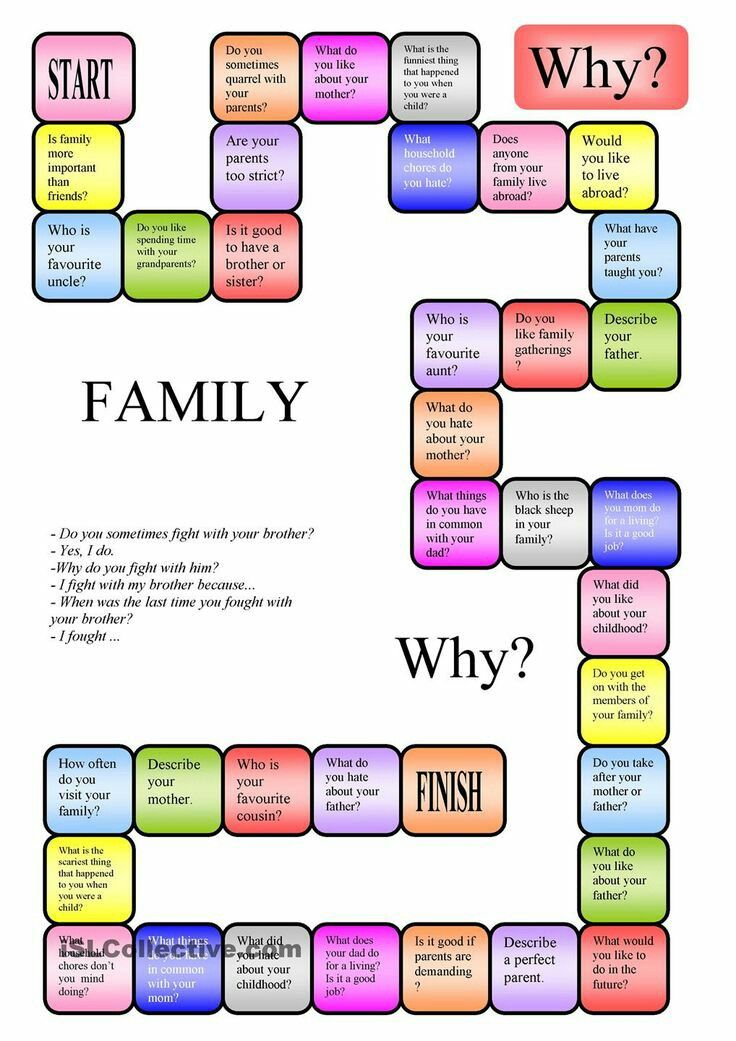 Parents should try to keep one step ahead of their child – modelling words and concepts that are slightly beyond their child’s level to help his vocabulary grow.
Parents should try to keep one step ahead of their child – modelling words and concepts that are slightly beyond their child’s level to help his vocabulary grow.
How to help your child learn new words
From Rowe’s study, we know that:
- young children (12-24 month olds) benefit from exposure to lots of words (quantity)
- toddlers (24-36 months) benefit from hearing a variety of sophisticated words
- preschool children (36-48 months) benefit from conversations about past and future events as well as explanations
This tells us what to say, but what about how to say it?
Here are some tips to keep in mind when modeling new vocabulary for your child:
- Follow your child’s lead – This means emphasizing words that come up during everyday conversations and interactions with your child. If you talk about what interests your child, it is more likely your child will pay attention and learn a new word.
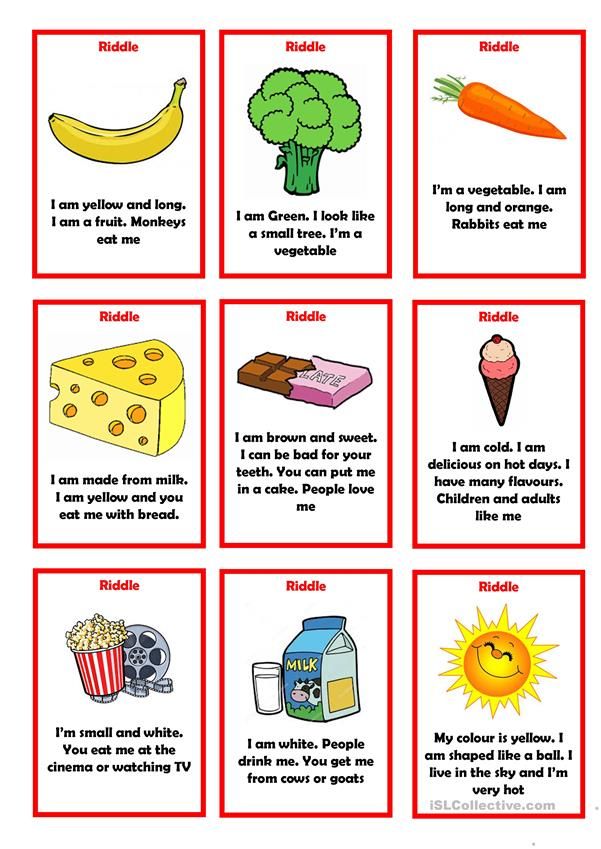 If your child is interested in playing with cars, you can model words like “push”, “beep beep”, or “fast” with a young child or more complicated words like “mechanic”, “speed”, or “traffic” with a toddler. You can provide explanations for preschoolers like “he needs to get a new tire because his tire is flat”, talk about events in the past such as “remember when we had to take our car in to be repaired?”, or events that will happen in the future such as “Our car is dirty. Maybe we should go to the car wash.”
If your child is interested in playing with cars, you can model words like “push”, “beep beep”, or “fast” with a young child or more complicated words like “mechanic”, “speed”, or “traffic” with a toddler. You can provide explanations for preschoolers like “he needs to get a new tire because his tire is flat”, talk about events in the past such as “remember when we had to take our car in to be repaired?”, or events that will happen in the future such as “Our car is dirty. Maybe we should go to the car wash.”
- Children need to hear a word several times before they start to use it – This means that you might use a word with your child many times before your child actually says the word himself. Children’s understanding of words precedes their use of words. So, they will understand far more words than they can actually say. If you repeat words for your child on different occasions, it will give him more opportunities to hear and learn new words.
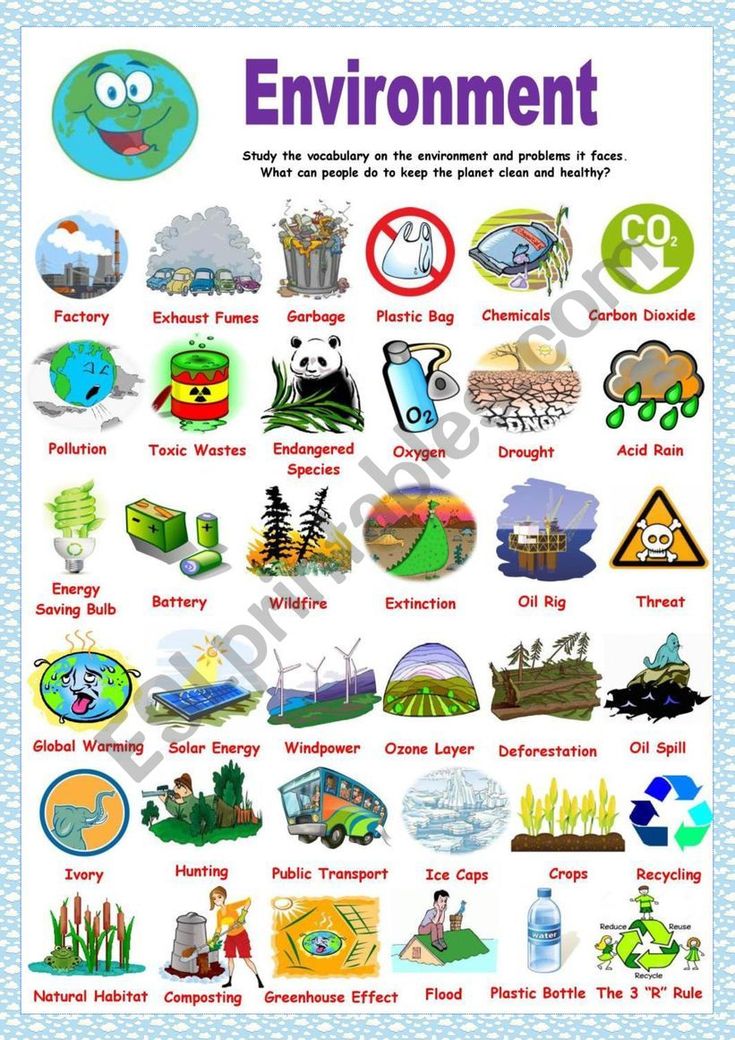
- Don’t bombard your child with words – Just because quantity is important at some stages of development, this doesn’t mean that you should shower your child with constant talk. You should aim for a balanced conversation between you and your child – you say something, then your child says or does something, and so on. It is important to wait after you say something so you give your child a chance to respond in his own way.
- Help your child understand what a new word means – By giving details about new words or explaining what words means, you build your child’s understanding of new words. For example, if you are playing with cars and introduce the word “passenger”, you might say something like “a passenger is someone who rides in a car or a bus or a train. A passenger goes for the ride but doesn’t drive the car or the bus.” Relating new words to your child’s personal experiences also helps him connect with new words.
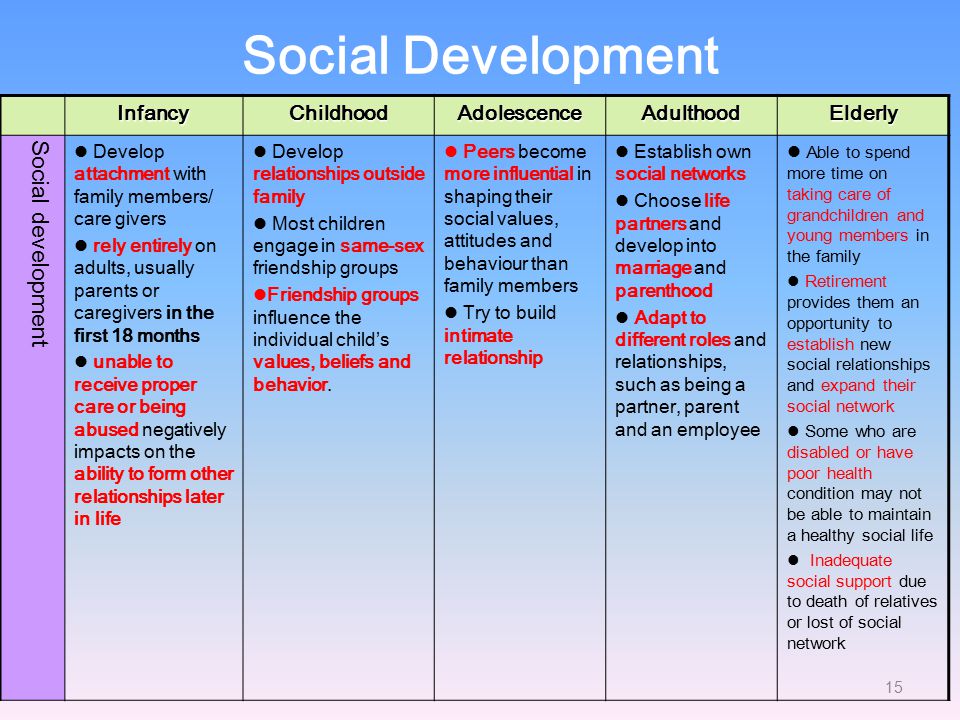 For example, if you are talking about the word “nervous,” you might say something like “Remember when you started preschool – you felt nervous. But eventually when you were more comfortable there, you didn’t feel nervous anymore.”
For example, if you are talking about the word “nervous,” you might say something like “Remember when you started preschool – you felt nervous. But eventually when you were more comfortable there, you didn’t feel nervous anymore.”
- Actions can speak louder than words – If you accompany your words with actions, gestures, or facial expressions, it will help your child understand the meaning of the words. For example, when modeling the word “weary”, you could do a sleeping action (hands under your head) or yawn so that your child understands what the word means. Your voice can also add meaning to a word. For example, if you say the word “frightened” or “terrified” with a shaky voice that sounds like you are scared, it will help your child understand what you mean.
The bottom line… it’s not just how much you say, but also what you say and how you say it that makes a difference for your child’s vocabulary growth.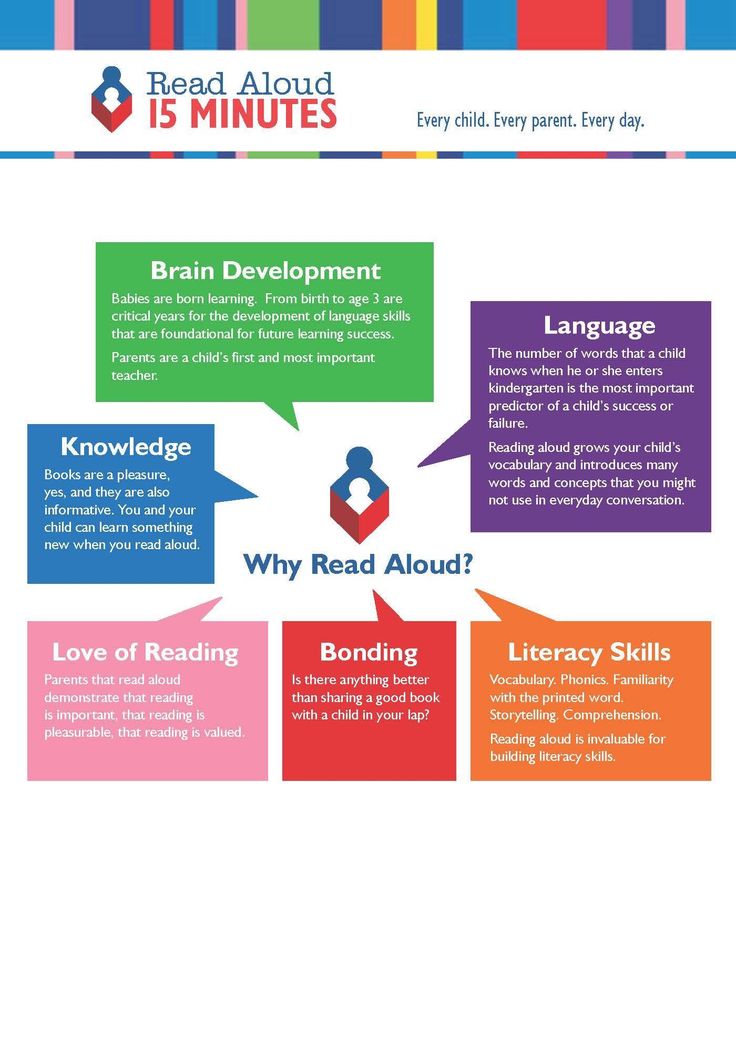 Keeping one step ahead of your child will promote his vocabulary skills, and also set him on the path for success in school. For more information about building your child’s vocabulary skills, click here.
Keeping one step ahead of your child will promote his vocabulary skills, and also set him on the path for success in school. For more information about building your child’s vocabulary skills, click here.
References
- Weitzman, E. & Greenberg, J. (2010). ABC and Beyond: Building Emergent Literacy in Early Childhood Settings. The Hanen Centre: Toronto.
- Rowe, M. (2012). A Longitudinal Investigation of the Role of Quantity and Quality of Child-Directed Speech in Vocabulary Development. Child Development: 83(5), 1762-1774.
- Hart, B. & Risley, T.R. (1995). Meaningful differences in the everyday experiences of young American children. Baltimore: Paul H. Brookes Publishing Co.
The Hanen Centre is a Canadian not-for-profit charitable organization with a global reach. Its mission is to provide parents, caregivers, early childhood educators and speech-language pathologists with the knowledge and training they need to help young children develop the best possible language, social and literacy skills.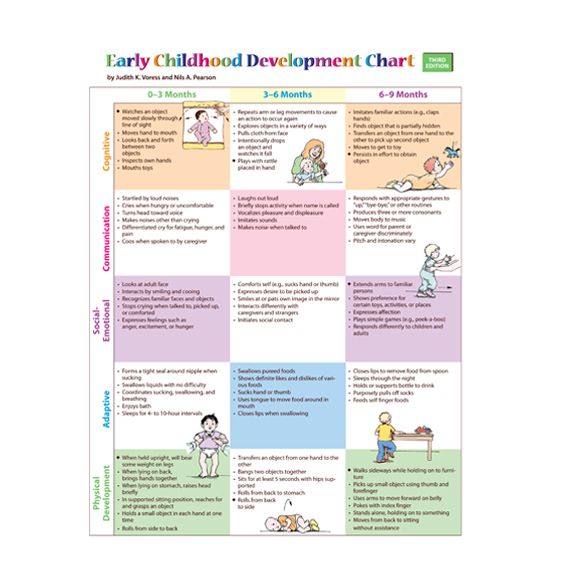 This includes children who have or are at risk for language delays, those with developmental challenges such as autism, and those who are developing typically.
This includes children who have or are at risk for language delays, those with developmental challenges such as autism, and those who are developing typically.
Click on the links below to learn more about how Hanen can help you help children communicate:
Concept development and vocabulary
Children learn new words at an incredibly fast rate. The most important predictor of vocabulary learning is the number of words that children hear from adults (for example during interactions, conversations, play, book reading).
As children learn new words, they begin to understand and describe increasingly complex concepts (for example concepts to do with space, size, quantity, categories and time).
The words in our vocabulary are the building blocks for understanding and expressing ideas. As children are exposed to complex language (see the Grammar section), they begin to use more advanced vocabulary. They also begin to use more complex words to explain concepts, describe their observations, and make predictions.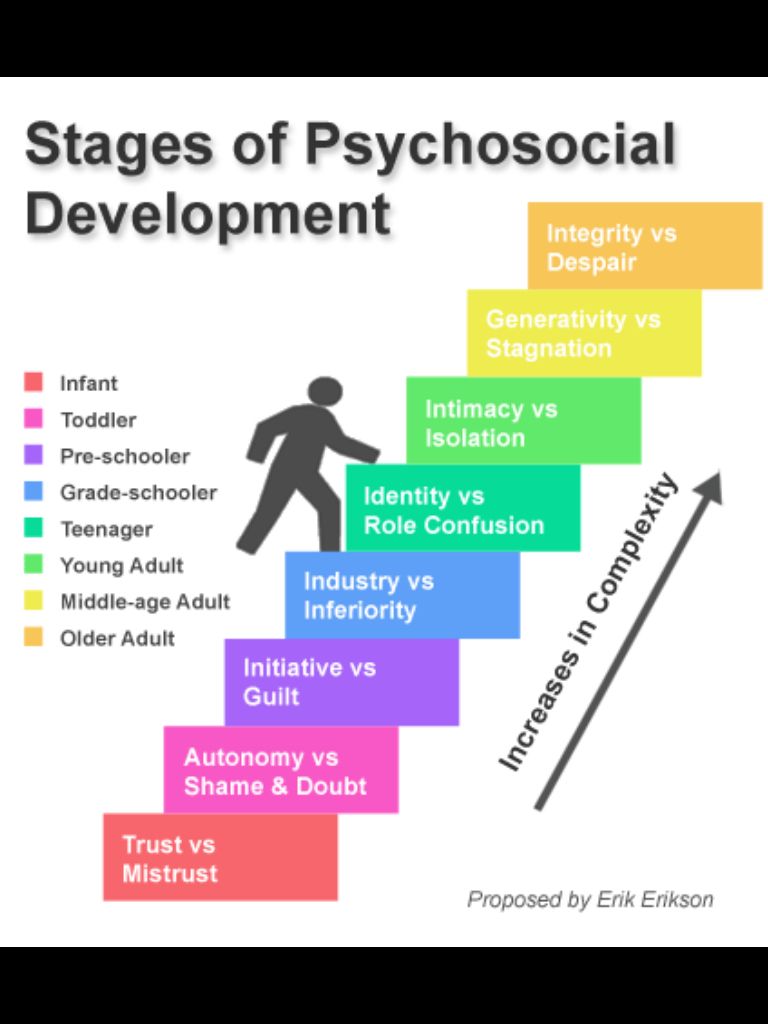
Children’s vocabulary and concept development is dependent on consistent, nurturing and interacting learning experiences with adults and peers. Children need to have a large and varied vocabulary that continually grows.
Thus, concept development and vocabulary are key components for language learning. Developing these skills can pave the way for learning in language, the arts, sciences, technology, and mathematics.
- Grammar
The following ages and stages (adapted from Munro and McGregor, 2017) are a guide that reflects broad developmental norms, but does not limit the expectations for every child (see VEYLDF Practice Principle: High expectations for every child). It is always important to understand children’s development as a continuum of growth, irrespective of their age.
There is wide variation in the first words that children produce. However, data from English-speaking countries reflect the following general milestones for spoken (expressive) vocabulary:
- 12 months: 2 words plus mummy and daddy (or equivalent in languages other than English)
- 18 months: 10-50 words
- 2 years: 300 words
- 2.
 5 years: 450 words
5 years: 450 words - 3 years: 1000 words
- 4 years: 2000 words
- 5 years: 5000 plus words
- 17 years: 36 000 to 136 000 words.
The words that children tend to say first are naming words (Nouns and Proper Nouns). Then action words (Verbs) are the second earliest type of word. Other words which are learnt early on are a few examples of modifiers (for example ‘more’), and personal-social phrases (for example ‘please’, ‘no’).
There are eight main types of words. Each word type is learned at different stages, and do different “jobs” when used in sentences. The speed and order that children learn word types is dependent on age, but also on their language-learning experiences. Children need to learn different word types, so they can start building their own sentences.
These include:
- nouns (including Proper Nouns)—for example, Mum dog idea rainbow question Alex
- pronouns—for example, I you they him she this these some their his myself ourselves each other
- determiners—for example, the a an her their our those this that many more neither another
- adjectives—for example, long pointy childish imaginary sisterly
- verbs—for example, run play decide sorted thinking
- adverbs—for example, slowly foolishly very mostly
- prepositions—for example, in at on off into onto towards to about as with
- conjunctions—for example, and or but because whenever after before.
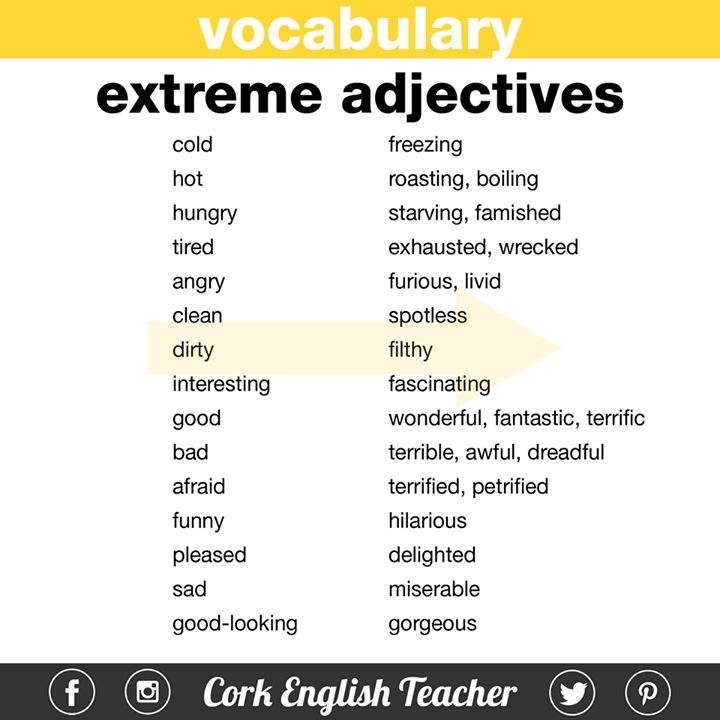
Nouns, adjectives, and verbs are the most commonly encountered word types.
But there are also prepositions, pronouns, adverbs, determiners, and conjunctions.
Concepts are the ‘’big ideas’’ that children learn as they engage in a range of experiences.
For example, a baby drinks milk. As the baby grows older, the baby drinks water as well. The concept of ‘liquids that can be drunk’ expands as the child drinks different liquids.
Later, the concept that some things can be drunk but others cannot adds to the concept of liquids. This also shows how concept development supports reasoning skills.
Encouraging concept development in children is an important step in building knowledge of the arts, mathematics, science, and technology, and other aspects of everyday life.
Understanding the concepts—for example ‘’measurement’’—needs to come before learning the procedures of measurement.
Helping children to learn the words that represent the concept helps children to learn procedures later on.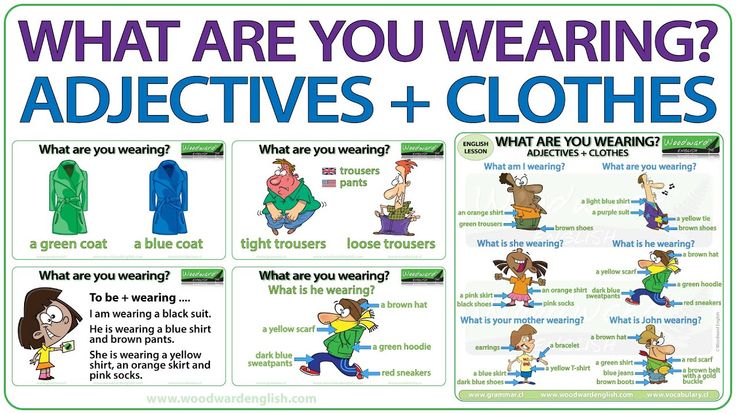
- spatial—for example, inside/outside behind/in front around/through side/middle between/either side of
- directional—for example, in/out up/down
- numerical—for example, numbers and counting once twice
- ordinal—for example, first, second, third … last next one by one
- shapes—for example, circle triangle rectangle curve straight pointy
- measurement—for example, describing items according to size, weight, volume, height, length, speed, temperature etc.
This will involve comparison: for example big/bigger/biggest/ tall/taller/tallest - pattern and structure—for example, patterns on clothes, in pictures, music, speech (rhyming)
- temporal—for example, before/after, while/during, today/yesterday/tomorrow, 10:00am/half past two days of week/months of year etc.
- categorical—for example, types of fruit, clothes, vehicles, animals, plants, actions, shapes, feelings etc.
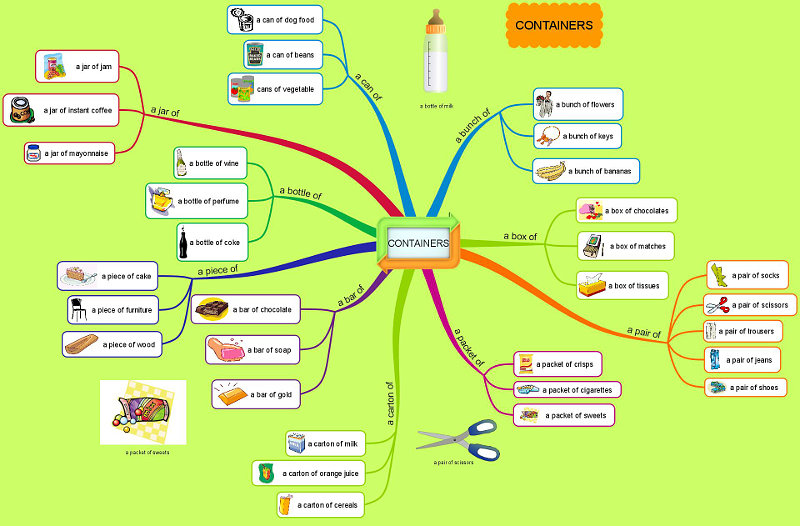
- comparative—for example, big/bigger/biggest/tall/taller/tallest
- descriptive—for example, describing items according to colour, pattern, texture, size, smell, taste, hardness/density etc.
Everyday interactions and planned experiences can be opportunities for learning about different concepts, and the words we can use to describe them.
Another way to look at vocabulary is to think about how words relate to other words. Semantics is the study of word meanings. Semantic relationships are the ways that words are related to each other. Semantic knowledge is an important part of children’s language development, that helps them understand and express more complex concepts and ideas.
Here are some examples of types of word/semantic relationships:
Categories
- Words can be put into categories (for example foods, emotions, buildings).
- Many categories also have subcategories
- Fruit—apple, banana, watermelon
- Apples—granny smith, golden delicious
- Emotions—happiness anger sadness surprise
- Happiness—joy delight
Antonyms
A pair of words with opposite meanings for example
- hot/cold
- fast/slow
- big/small
Antonyms can be gradable (on a continuum)
- you can use very or not very on these words
- young/old, long/short, empty/full
They can be complementary
- these antonyms mean one thing or another (there isn’t an in between)
- for example sleep/wake,right/wrong, alive/dead
Or they can be relational
- these opposites are about how concepts are related to each other
- for example parent/child, brother/sister, doctor/patient, predator/prey
Synonyms
Words that have the same or similar meaning to each other. For example
For example
- hop/bounce/leap/spring/bound
- nice/good/kind/lovely/fine
- yummy/good/tasty/delicious
Learning vocabulary is a continual process of language and literacy development, which begins in the early years of life, and continues through schooling and beyond.
Knowledge of vocabulary meanings affects children’s abilities to understand and use words appropriately during the language acts of listening, speaking, reading, and writing.”
- Sinatra, Zygouris-Coe, and Dasinger (2011, p. 333)
It is crucial that children have rich, implicit and explicit opportunities to learn new, and more advanced vocabulary.
Vocabulary knowledge “influences the complexities and nuances of children’s thinking … and how well they will understand printed texts" (Sinatra, Zygouris-Coe, and Dasinger, 2011, p. 333). Having more complex language allows children to make meaning from what people say, and engage with new concepts. These are relevant for early numeracy, science, and literacy (and other disciplinary) knowledge, as well as for equipping children to share their own thoughts and feelings.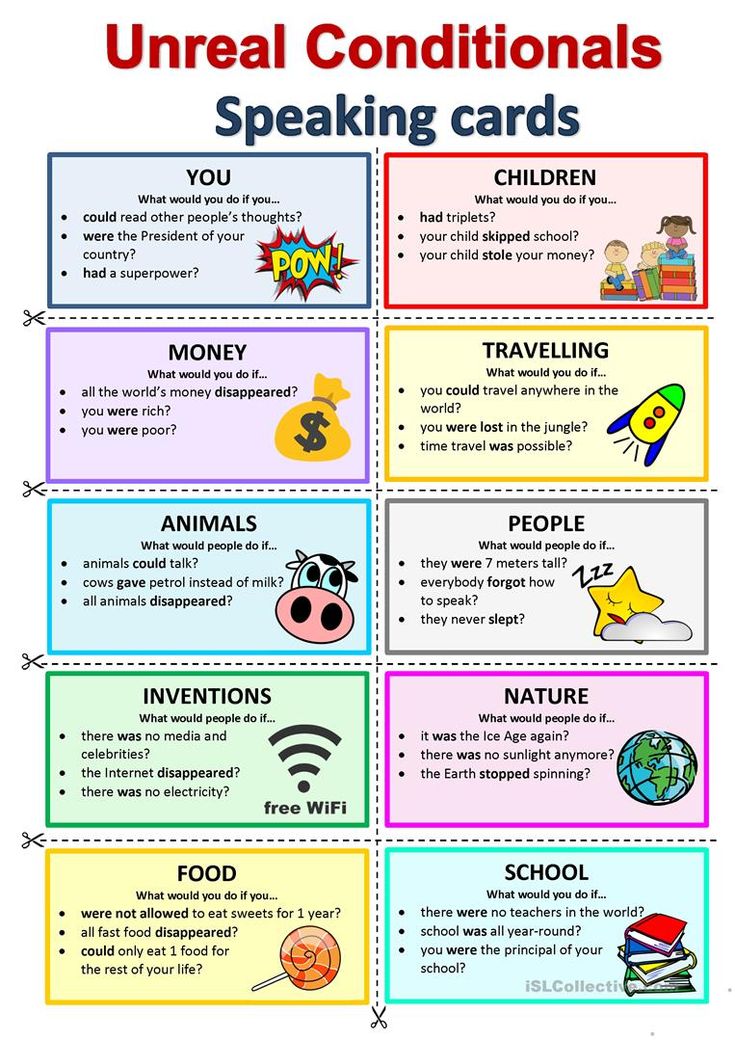
According to Cambourne’s Conditions of Learning (1988) and brain-research principles, children’s cognitive and language development is maximised when they are provided with meaningful opportunities to engage in independent and shared discussions, and exposed to many different forms of text that are appropriate to their world (Rushton, Eitelgeorge and Zickafoose, 2003).
A literature-based and print-rich classroom allows for different forms of texts that are created by children and reflects the real world … providing ample opportunity [for children] to see and experience the language. - Rushton, Eitelgeorge and Zickafoose, 2003, p.13
Research shows that when young children have meaningful interactions and are exposed to lots of words, they quickly develop wider vocabularies. The landmark research by Hart and Risley (1995) revealed the importance of interacting with children and exposing them to a high quantity and quality of language learning experiences. They also demonstrated that having more advanced vocabularies in the early years led to greater educational achievement in the middle years of primary school (Hart and Risley, 1995).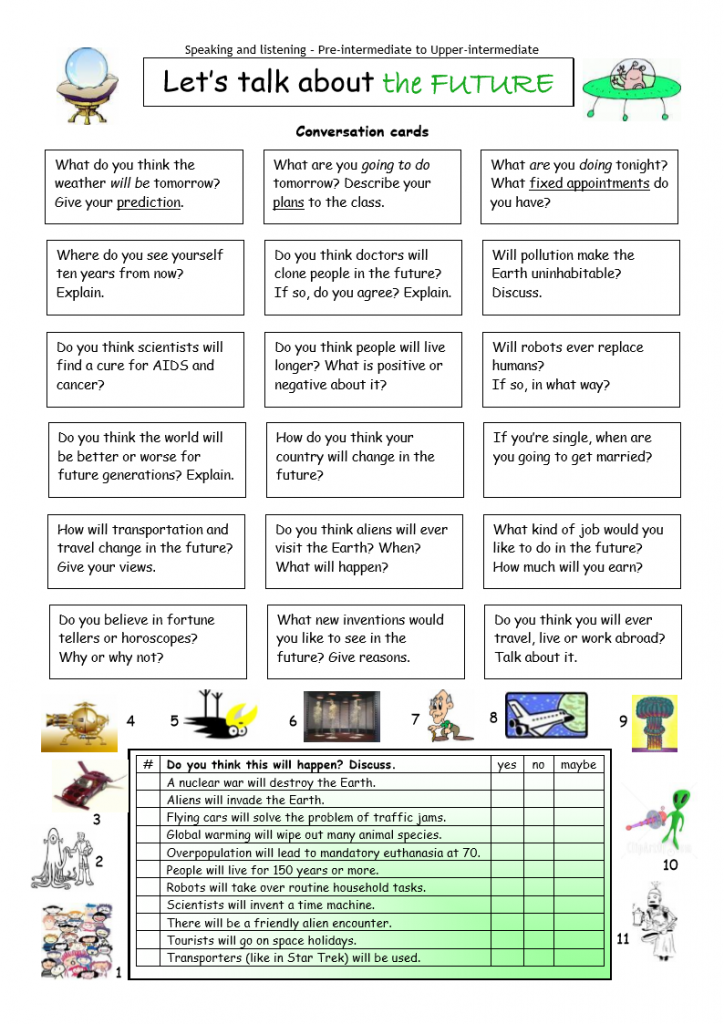 Later research has echoed this importance of adult interacting for children’s vocabulary and general oral language development (for example Weisleder and Fernald, 2013).
Later research has echoed this importance of adult interacting for children’s vocabulary and general oral language development (for example Weisleder and Fernald, 2013).
It is important to embed opportunities for children to engage with various concepts (including shapes and spatial thinking). This enables children to “rehearse” the language needed to explore various concepts (Cohrssen, de Quadros-Wander, Page, and Klarin, 2017).
Making sure to pause is an important strategy during concept development experiences. Pausing gives children a chance to think about more complex concepts, and allows educators to listen closely to children, and respond to them more supportively (Cohrssen, Church, and Tayler, 2014). See the teaching practices for interacting with others for more pedagogical strategies.
Concept development and vocabulary
First words
- use lots of language with children in every interaction
- turn everyday situations into opportunities for discussion and description
- repeat and reward each time a child attempts a word, giving them attention and affection.
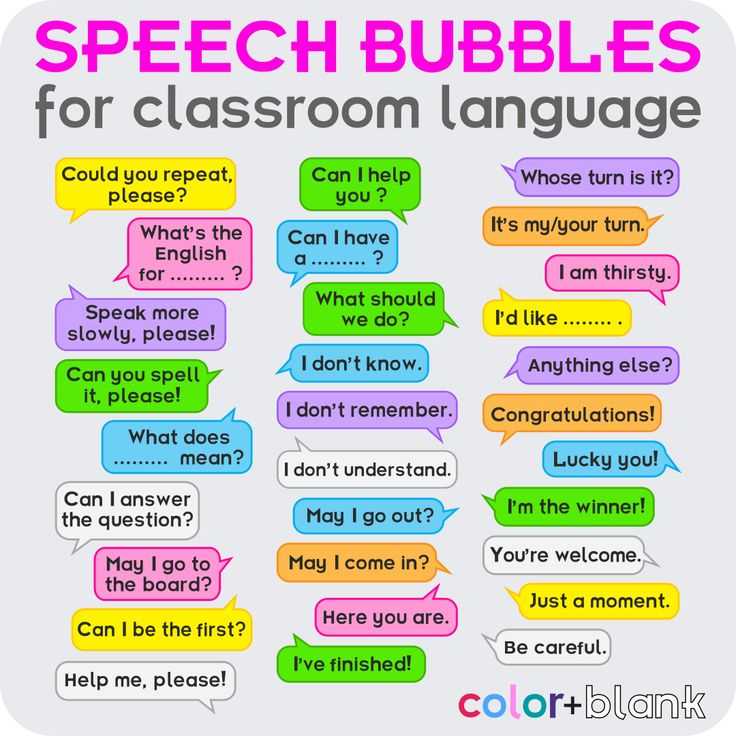
Concept development
- explore and describe the objects, movements and qualities that are around you
- help children to explain their thoughts and feelings with words
- incorporate counting, naming, and describing into everyday activities
- brainstorm members of categories (for example who can think of types of vehicles?)
- what kind of word is that? categorise vocabulary as they come up in interactions (for example run skip glide prance are all ways of moving)
- show how It fits: use objects/pictures (to represent words/concepts) and sort words to categories and subcategories.
Antonyms
- point out antonyms when they arise in conversation or book reading
- play opposites! play words games where you guess the antonym (for example go/come, do/undo, quietly/loudly)
- always introduce antonyms (opposites) in their pairs (for example hot/cold, big/little, nice/mean, in front/behind).
Synonyms
- word finder: encourage children to think deeply and try to come up with other ways of saying something (for example how else can we say “big”? What’s another word for ….
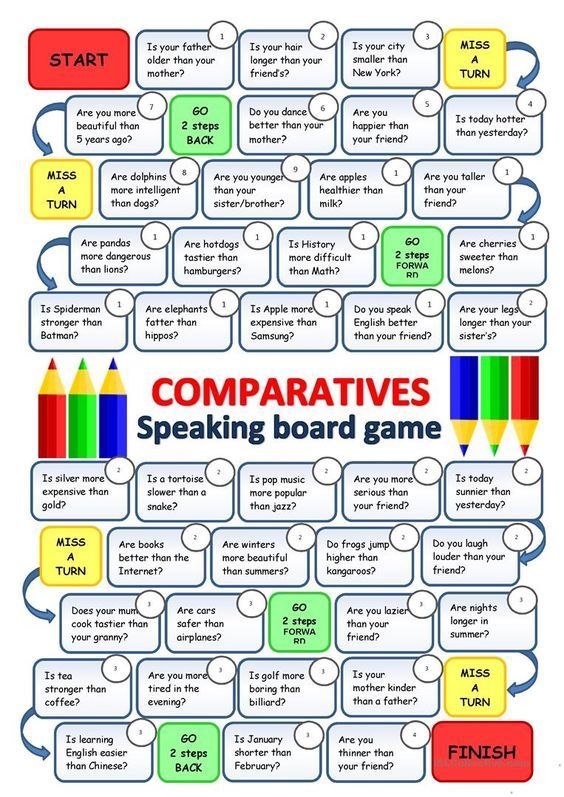 ?)
?) - word of the day: introduce new words explicitly, discuss their meaning, and model using the word in your language throughout the day
- word maps: explore how words are related to others
- talk it up: incorporate more advanced vocabulary in your interactions with children
- Victorian Early Years Learning and Development Framework (2016)
- VEYLDF Illustrative maps
Outcome 4: learning
Children develop a range of skills and processes such as problem solving, inquiry, experimentation, hypothesising, researching and investigating
- create and use representation to organise, record and communicate mathematical ideas and concepts
Children transfer and adapt what they have learnt from one context to another
- make connections between experiences, concepts and processes
Outcome 5: communication
Children interact verbally and non-verbally with others for a range of purposes
- interact with others to explore ideas and concepts, clarify and challenge thinking, negotiate and share new understandings
- demonstrate an increasing understanding of measurement and number using vocabulary to describe size, length, volume, capacity and names of numbers
- use language to communicate thinking about quantities to describe attributes of objects and collections, and to explain mathematical ideas
Children engage with a range of texts and get meaning from these texts
- begin to understand key literacy and numeracy concepts and processes, such as the sounds of language, letter–sound relationships, concepts of print and the ways that texts are structured
Children begin to understand how symbols and pattern systems work
- begin to sort, categorise, order and compare collections and events and attributes of objects and materials in their social and natural worlds
- Gesture and Joint Attention
- Lots of Trucks: Play, Reading, and Extending Language (Part 2)
- Over in the Meadow
- Vocabulary for Early Communicators
For early communicators (birth - 18 months)
- Surprise Block Tower
- Vocabulary for Early Language Users
- What's In The Box?
- Where Is The Green Sheep?
- Yarra River Guided Play
For early language users (12 - 36 months)
- Bush Tucker Cook Up
- Leaf Colours: Playing with Language
- Making Biopots
- Making Meaning through Dance
- River of Words: Extending Vocabulary
- Volcano: Investigations and Sustained Shared Thinking
For language and emergent literacy learners (30 - 60 months)
Learning foci and teaching practices:
- Grammar
Cohrssen, C.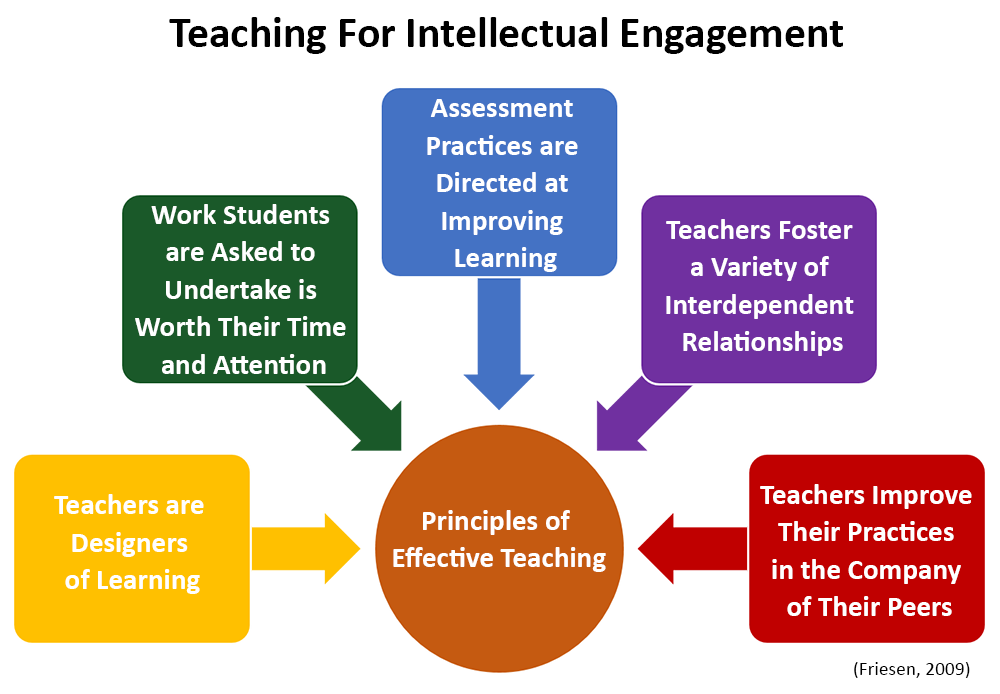 , Church, A., and Tayler, C. (2014). Pausing for learning: Responsive engagement in mathematics activities in early childhood settings. Australasian Journal of Early Childhood, 39(4), 95–102.
, Church, A., and Tayler, C. (2014). Pausing for learning: Responsive engagement in mathematics activities in early childhood settings. Australasian Journal of Early Childhood, 39(4), 95–102.
Cohrssen, C., Church, A., and Tayler, C. (2014). Purposeful pauses: Teacher talk in early childhood mathematics activities. International Journal of Early Years Education. DOI: 10.1080/09669760.2014.900476.
Cohrssen, C. (2015) You need to use your words! The Spoke (17 June 2015).
Cohrssen, C., de Quadros-Wander, B., Page, J., and Klarin, S. (2017). Between the big trees: A project-based approach to investigating shape and spatial thinking in a kindergarten program. Australasian Journal of Early Childhood, 42(1), 94–104.
Hart, B. M., and Risley, T. R. (1995). Meaningful differences in the everyday experience of young American children. Baltimore, MD: Brookes.
Munro, N., and McGregor, K. (2015) Semantics, in S. McLeod and J. McCormack (Eds.), Introduction to speech, language and literacy.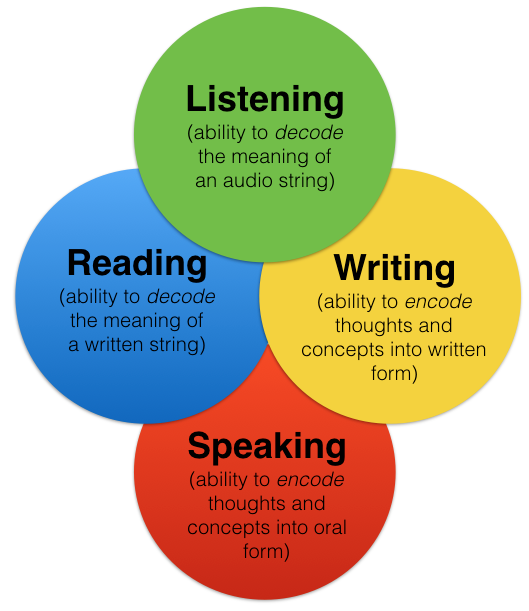 South Melbourne, VIC, Australia: Oxford University Press. (pp. 181-230).
South Melbourne, VIC, Australia: Oxford University Press. (pp. 181-230).
Rushton, S. P., Eitelgeorge, J., and Zickafoose, R. (2003). Connecting Brian Cambourne’s conditions of learning theory to brain/mind principles: Implications for early childhood Educators. Early Childhood Education Journal, 31(1), 11-21. doi: 10.1023/A:1025128600850
Sinatra, R., Zygouris-Coe, V., and Dasinger, S., 2011, Preventing a vocabulary lag: What lessons are learned from research. Reading and Writing Quarterly, 28(4), 333-334.
Victorian State Government Department of Education and Training (2016) Victorian early years learning and development framework (pdf - 1.14mb) (VEYLDF). Retrieved 3 March 2018.
Victorian Curriculum and Assessment Authority (2016) Illustrative Maps from the VEYLDF to the Victorian Curriculum F–10. Retrieved 3 March 2018.
Weisleder, A., and Fernald, A. (2013). Talking to children matters: Early language experience strengthens processing and builds vocabulary. Psychological Science, 24(11), 2143–2152.
Psychological Science, 24(11), 2143–2152.
Beck, I. L., McKeown, M. G., and Kucan, L. (2013). Bringing Words to Life: Robust Vocabulary Instruction (2nd ed.). New York: The Guildford Press.
Borovsky, A., Elman, J. L., and Fernald, A. (2012). Knowing a lot for one's age: Vocabulary skill and not age is associated with anticipatory incremental sentence interpretation in children and adults. Journal of Experimental Child Psychology, 112(4), 417-436.
Taylor, C. L., Christensen, D., Lawrence, D., Mitrou, F., and Zubrick, S. R. (2013). Risk factors for children's receptive vocabulary development from four to eight years in the Longitudinal Study of Australian Children. Plos One, 8(9).
Development and enrichment of vocabulary in preschool children
References:
Pavlova, I. Yu. Development and enrichment of vocabulary in preschool children / I. Yu. Pavlova. - Text: direct // Pedagogical excellence: materials of the I Intern. scientific conf.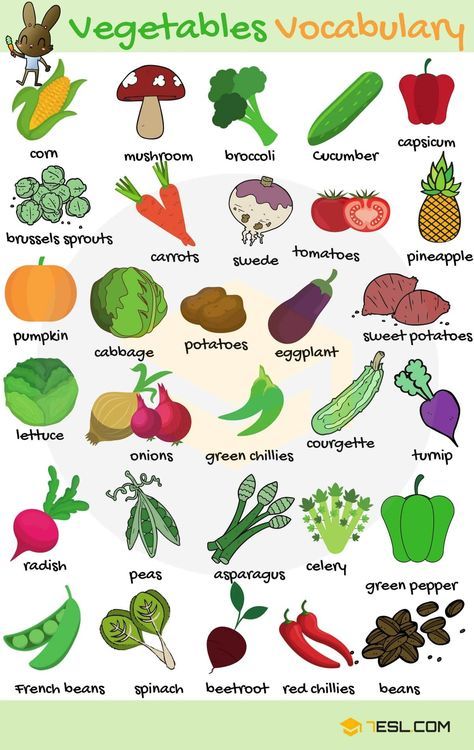 (Moscow, April 2012). - Moscow: Buki-Vedi, 2012. - S. 212-215. — URL: https://moluch.ru/conf/ped/archive/22/1934/ (date of access: 01/11/2023).
(Moscow, April 2012). - Moscow: Buki-Vedi, 2012. - S. 212-215. — URL: https://moluch.ru/conf/ped/archive/22/1934/ (date of access: 01/11/2023).
Problems and the tasks of developing the speech of preschool children were relevant always. At all times, great attention was paid to the development of children's speech. Attention. The importance of speech in the development of a child's personality is so great that the tasks of its formation occupy a special place in upbringing. nine0009
Word introduces the child into the world of people, helps to understand it and get used to it, helps to realize oneself as an individual and become active participant in the life of society. The word is the main communication and form of self-expression of the child. It serves as a means regulation of his behavior. With the help of the word, the child learns the natural and subject environment.
AT At preschool age, the child must master a vocabulary that would allow him to communicate with peers and adults, successfully study at school, understand literature, television and broadcasts, so preschool pedagogy considers the development vocabulary in children as one of the important tasks of speech development.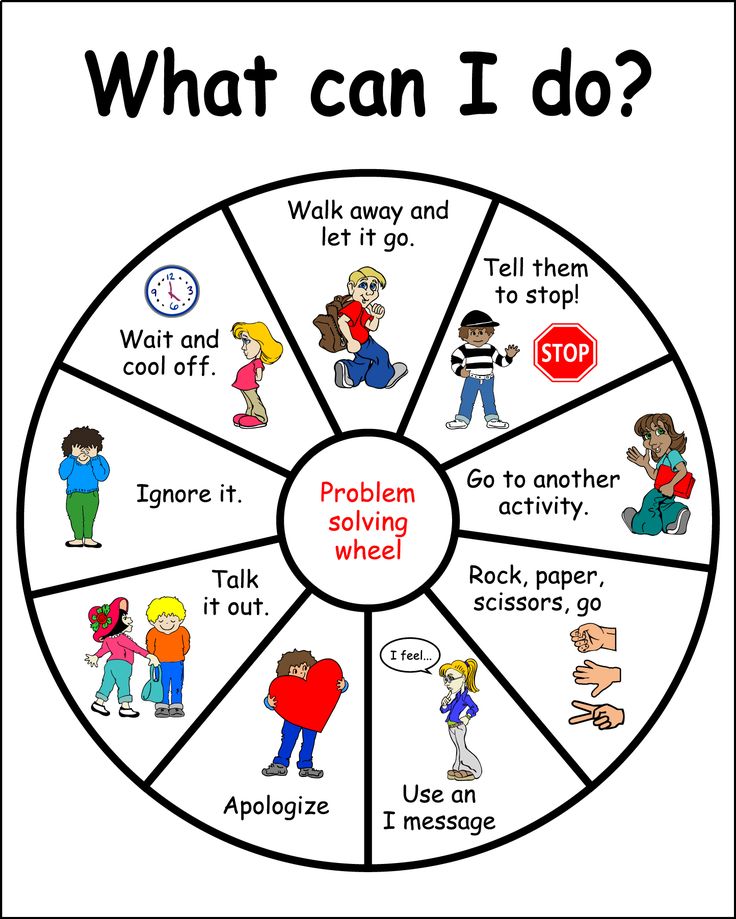 nine0009
nine0009
The dictionary is the lexical composition of speech that a person uses. The dictionary is divided into active and passive. The volume of an active dictionary in any person less than passive.
Vocabulary development with the normal development of the child is given in the table:
quantitative growth vocabulary according to Stern
| 1 to 1.5 years | in 2 year | at 3 year | at 4 year | at 5 years old |
| 100 words | 300-400 words | 1000 - 1100 words | 1600 words | 2200 words |
From data The table shows that in preschool children the development of vocabulary stock is especially fast, as in no other age.
Peculiarity vocabulary of a preschooler is a significantly smaller volume of compared with the dictionary of an adult, since the amount of accumulated information about the environment is significantly inferior to the amount of knowledge of an adult.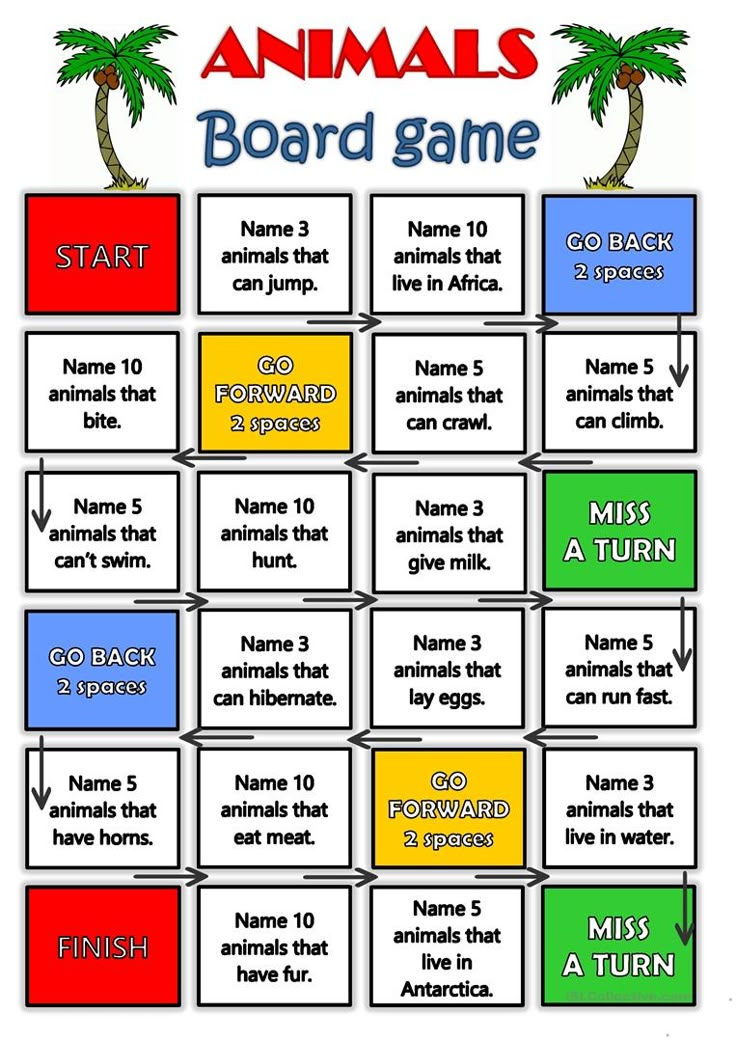
For vocabulary development Stock important constant communication of adults with the child. Volume and quality (accuracy, figurativeness) of a preschooler's vocabulary depend on how his communication is complete. Therefore, parents need introduce the child to new objects, phenomena, their names. It is important to talk with a preschooler, ask questions, create situations in which probable shortcomings in understanding and child's use of words. An active family lifestyle provides fertile material for expanding the vocabulary: excursions to the theater, circus, zoo, etc. nine0009
As required development of speech and thinking gradually replenished dictionary systematized, ordered, folding into semantic fields or the formation of words united in meaning.
R.I Lalaeva identified the following directions for the development of the dictionary:
-
Dictionary expansion
-
Refinement word meanings
-
Development word meaning structures nine0009
-
Formation semantic fields and lexical consistency
-
extension relationships between words in the lexicon.
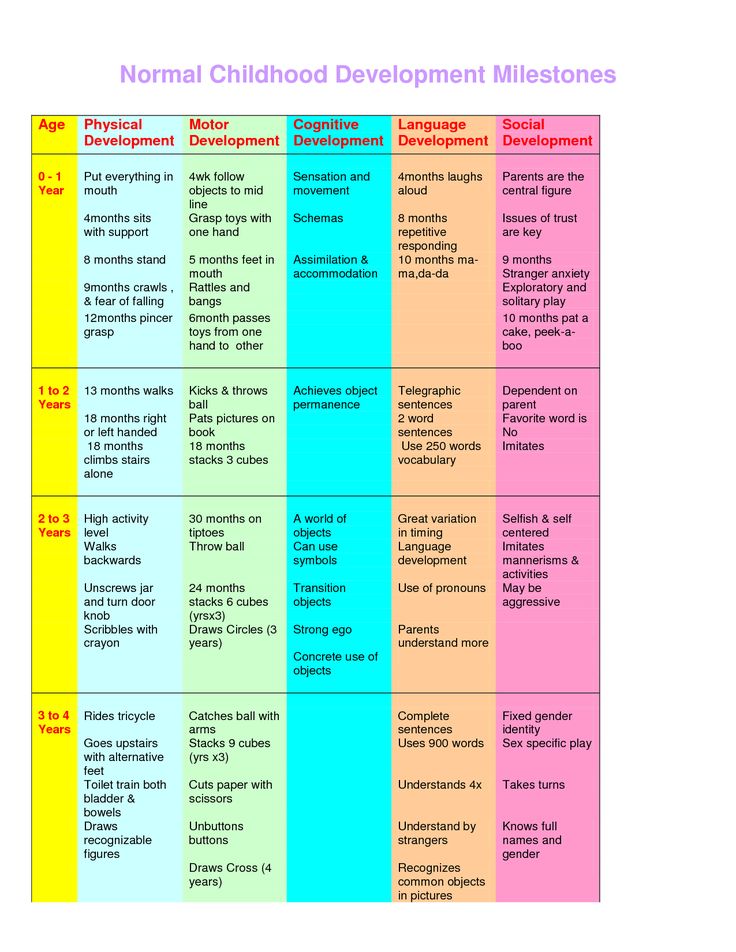
Method development of speech by a preschooler offers a type of activity that built in the form of a game. This facilitates the assimilation of the material, develops children's auditory attention, contributes to the correct perception of speech.
material supply, aimed at enriching the vocabulary, in the form of a game teaches kids correlate a sounding word with a picture or object, clearly pronounce simple and polysyllabic words, answer questions. nine0009
Purpose when conducting There is only one such activity: vocabulary replenishment.
teachers widely used didactic games, which not only allow comprehensively develop preschoolers, but also contribute to the formation of children's vocabulary activity skills.
Didactic the game is a multifaceted, complex pedagogical phenomenon: it is also a game method of teaching preschool children age, and the form of education, and independent play activities, and means of comprehensive education of the personality of the child.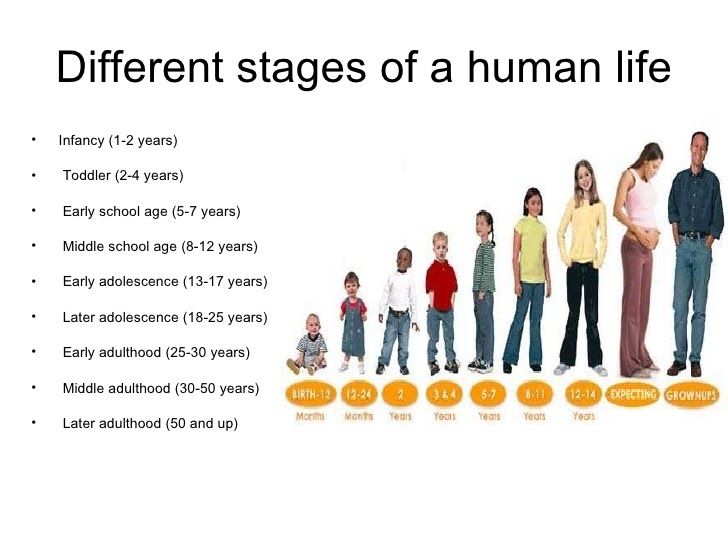 Exactly at didactic game, the child gets the opportunity to improve, enrich, consolidate, activate your vocabulary. nine0009
Exactly at didactic game, the child gets the opportunity to improve, enrich, consolidate, activate your vocabulary. nine0009
B Depending on the material, didactic games can be divided into three type: games with objects (toys, natural material, etc.), board printed games and word games. It should be noted that all these games can be successfully used to activate vocabulary preschoolers. Games with objects are most accessible to children, as they based on direct perception, consistent with the desire child to act with things and thus get to know them, in addition, the child eagerly names the objects he sees. nine0009
Play in these games the child begins at an early age and does not lose his interest in them throughout preschool childhood. In junior preschool age, many games with toys are accompanied movements, which corresponds to the peculiarities of perception and thinking child
Most word games are complex: they are not related to direct perception subject, in them children must operate with representations. These games are of great importance for the development of the child's thinking, since in them children learn to make independent judgments, draw conclusions and inferences, not relying on the judgments of others, to notice logical errors. nine0009
These games are of great importance for the development of the child's thinking, since in them children learn to make independent judgments, draw conclusions and inferences, not relying on the judgments of others, to notice logical errors. nine0009
verbal games are held mainly in older groups and are very important for preparing children for school, as they require and, therefore, develop the ability to listen carefully, quickly find the right answer to the question posed, to accurately and clearly articulate their thoughts, to apply knowledge.
Didactic the game as a form of teaching children contains two principles: educational (cognitive) and game (entertaining). educator at the same time is both a teacher and a participant in the game. He teaches and plays, and the children, playing, learning. nine0009
Game vocabulary building techniques for young children:
Game: "Cold “Hot.”
Purpose: Enriching vocabulary with nouns
Contents.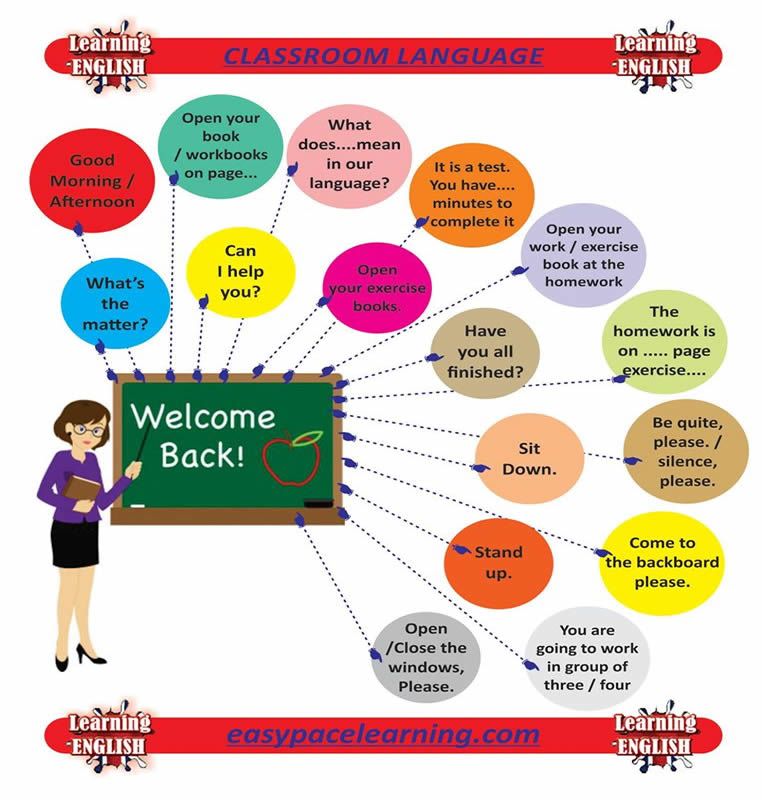 The adult asks the children to close their eyes, then hides the object and asks question: "Where is the bear?" Children are looking for an object in the room adult's prompt: "It's cold. Colder. Warmer. Even warmer. Hot". The game with the search for a missing object helps children memorize a new word. nine0009
The adult asks the children to close their eyes, then hides the object and asks question: "Where is the bear?" Children are looking for an object in the room adult's prompt: "It's cold. Colder. Warmer. Even warmer. Hot". The game with the search for a missing object helps children memorize a new word. nine0009
Game: "Describe the subject."
Targets: Expansion of the vocabulary of adjectives, formation of ideas about the subject.
Contents. An adult examines an object and points out its features. For example, an adult examines an apple. It is yellow in color. The shape resembles ball (clasps the apple with the hands), the apple is round. In size it big, big. If you stroke an apple, you feel that it is smooth. I press on the apple, nothing happens to it. The apple is hard. I sniff an apple: oh, how fragrant, fragrant it is. I'll hold it on my hand I will weigh: the apple is heavy. I'll cut a piece and taste it: apple sweet (sour, sweet and sour).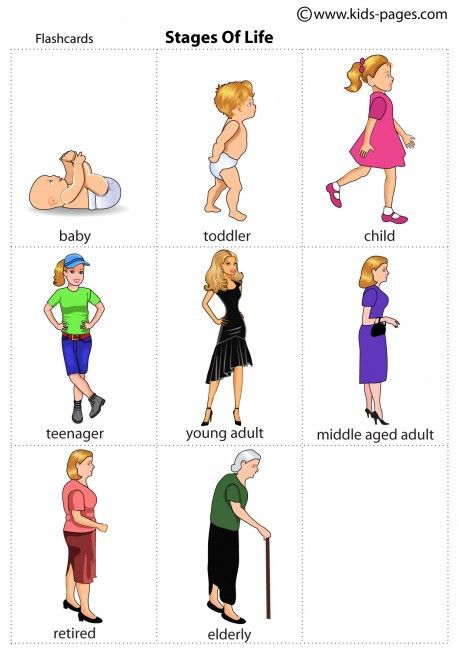 nine0009
nine0009
Game "Wonderful Pouch"
Targets: Expansion of the vocabulary, development of tactile perception, clarification ideas about the features of objects.
Equipment. smart decorated bag, small toys, whose names refer to one lexical group ("Dishes", "Vegetables" or others)
Contents. nine0128 Previously, children get acquainted with toys, the names of which belong to the same lexical group: consider, name, highlight their qualities. The first player puts his hand into the bag, gropes for one toy, recognizes it and calls it: "I have a cup." Only after these words can the child pull the toy out of the bag, look at it and show it to all the children. If the answer is correct, baby takes the item. Players alternately recognize by touch, call and take items out of the bag. Whoever collects the most wins number of toys. nine0009
Advanced version (for older preschoolers): required before removing an item from bag, determine its shape (round, oblong), material, from which the object is made (rubber, metal, rag, wooden, plastic), surface quality (smooth, rough, slippery, cold).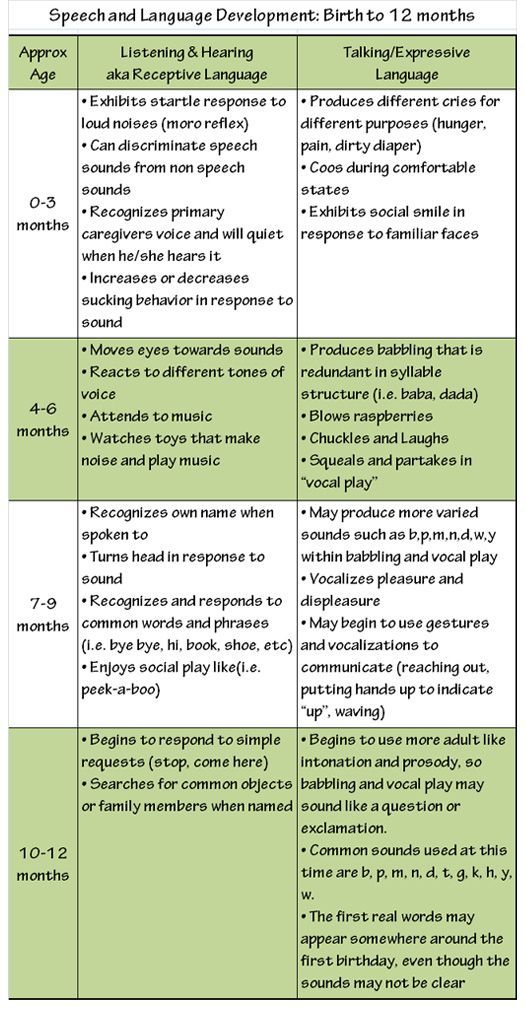
Mail game, "Decorate the Christmas Tree" "Magic Tree" "Thematic Lotto", "Domino"
Game "Package"
Targets: Expansion of the vocabulary, clarification of ideas about features objects, the development of coherent speech.
Equipment. items, boxes according to the number of players.
Content. Every child receives a "package" (a box with an item inside). The first the player begins to describe his item without naming or showing it. The item is presented after it has been guessed. nine0009
Game "Analogues"
Targets: Activation of nouns with a general meaning, development understanding of generic relations between words (development of conceptual component of the lexical meaning of the word)
Contents . An adult invites children to complete the word according to the model: fox - beast, crane - bird or vice versa.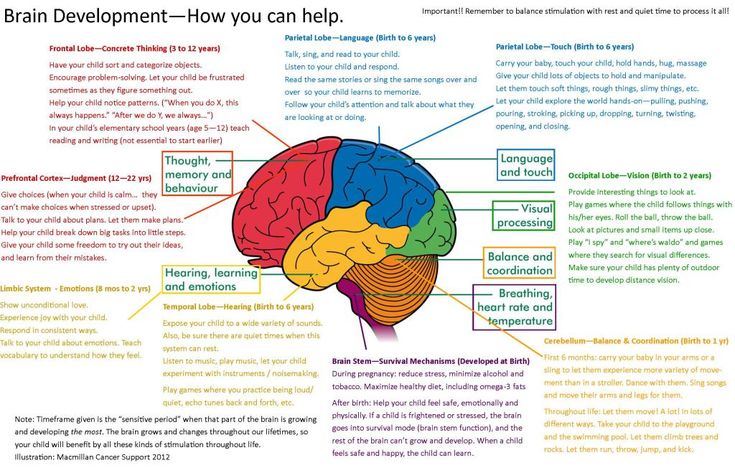 Adult says a word generalizing meaning, the child comes up with a word of specific meaning (or vice versa): dishes - a frying pan, flowers - a dandelion, transport - truck, fish - catfish, insects - grasshopper. The one who never fails wins. nine0009
Adult says a word generalizing meaning, the child comes up with a word of specific meaning (or vice versa): dishes - a frying pan, flowers - a dandelion, transport - truck, fish - catfish, insects - grasshopper. The one who never fails wins. nine0009
Game "Edible - non-edible"
Targets: Development of the ability to highlight the essential features of an object (edibility, animation, etc.), clarification of the meaning of generalizing words, development auditory attention, general motor skills.
Contents . The host says the word and throws the ball to one of the players. If was a food item, fruit or other edible object is named, to the player you have to catch the ball. Otherwise, the player dodges the ball. Similarly, the games "Living - inanimate" are held, "Vegetables-Fruits", "Wild Animals - Domestic animals", "Birds - insects", "Clothes – footwear”, etc.
Game "I know five…”
Targets: Activation of words with a general meaning, development of understanding generic relations between words (development of the conceptual aspect word meanings).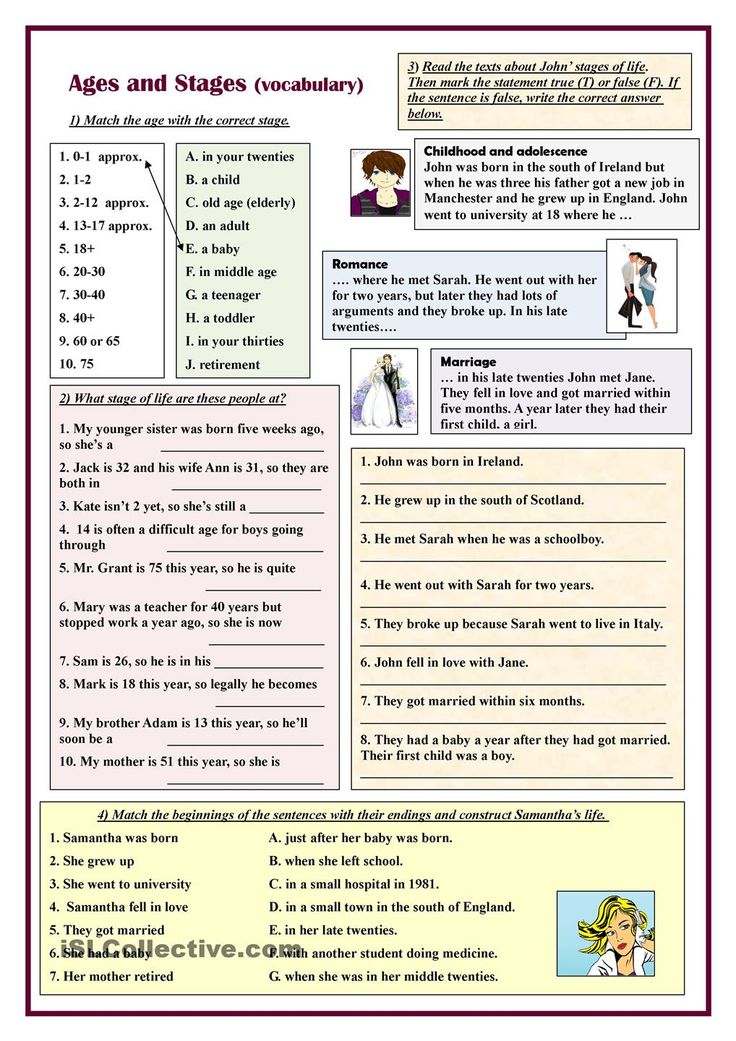
Contents. Children stand in a circle. The first player with the ball in his hand starts play with the word: "I" and passes (throws) the ball nearby standing child. The second player receives the ball, says the following word: “I know” - and passes the ball further. The third player: "Five." The next child of "Insects". Further, each move is accompanied by the naming of one insect until those until five words of this group are named. Game continues farther. nine0009
Game with the ball "Associations"
Targets: Expansion of the volume of the dictionary, development of speech associations, general motility.
Contents. An adult throws a ball to a child and names a specific sign subject: "Red". The child catches the ball, adds a word, denoting an object that has this attribute (mac0, and returns ball for an adult. Similarly: heavy - truck; prickly hedgehog, cold snow, tall - a man, glass - a glass.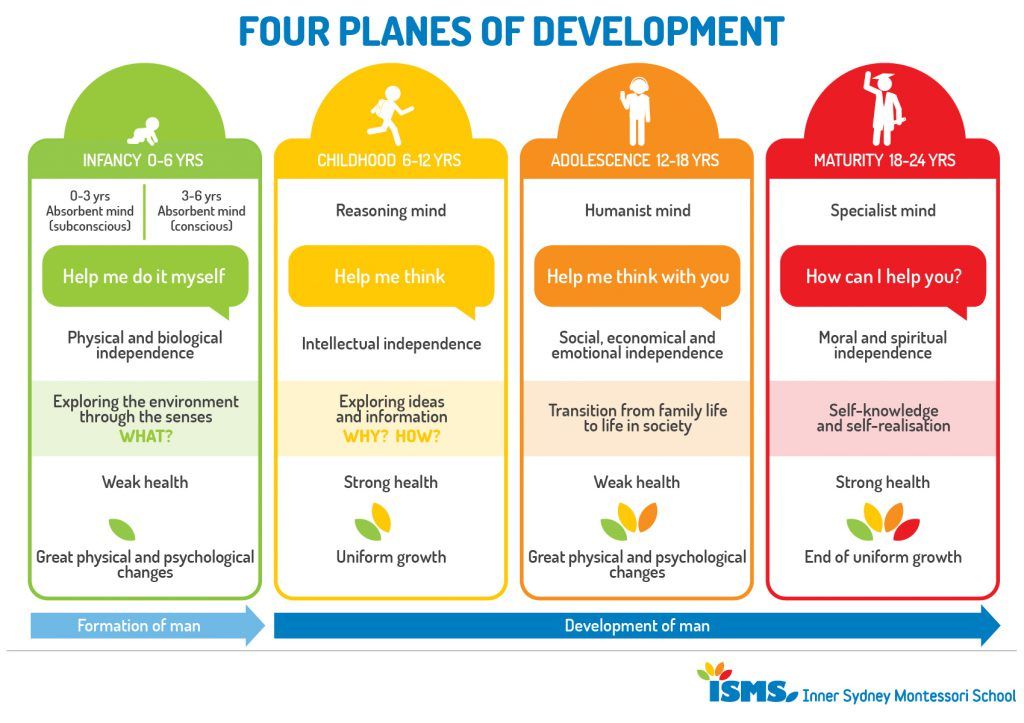 nine0009
nine0009
It is possible to play on material of a specific lexical topic (with and without pictures her). In this case, the adult agrees with the child that he you need to come up with words on a specific topic (for example, on the topic "Dishes"). At the same time, on the type-setting canvas there can be corresponding pictures are shown. Approximate lexical material: deep - plate; blue - pan; small saucer; transparent - jug.
Game “I gathered in the garden…”
Targets. extension the volume of the dictionary, the development of auditory memory.
Contents. The adult starts the game by pronouncing the sentence: “I collected on garden .... cucumbers. The child repeats the whole phrase and adds the name of his vegetable: “I picked in the garden cucumbers and tomatoes". The next player repeats everything said the previous participant and comes up with a third vegetable: “I collected on vegetable garden cucumbers, tomatoes and onions.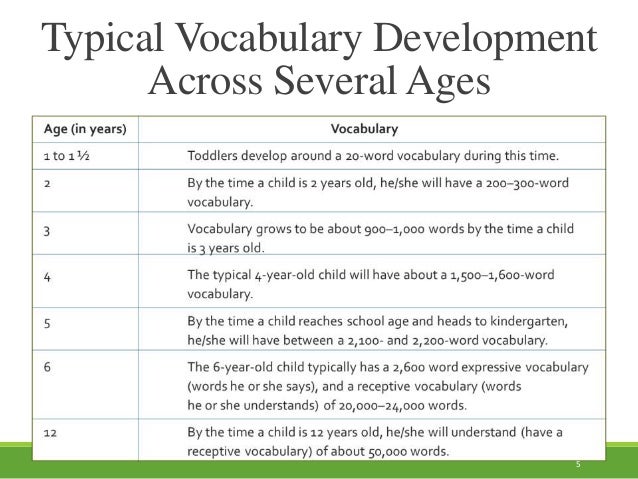 Players participate in the game until first mistake. The winner is the one who remains in the game last. AT Depending on the lexical topic, the sentence changes in content: "I collected in the garden ....", "I put in the closet ...", "I saw on the street ....", "He lives in the forest ....", "In the kitchen there is…." etc. nine0009
Players participate in the game until first mistake. The winner is the one who remains in the game last. AT Depending on the lexical topic, the sentence changes in content: "I collected in the garden ....", "I put in the closet ...", "I saw on the street ....", "He lives in the forest ....", "In the kitchen there is…." etc. nine0009
Game "Call me another word"
Targets. Formation of semantic fields, expansion of the dictionary of synonyms.
Contents . An adult calls the phrase and asks the question: “Throw the ball. How can this action be called differently, in a different word? are given examples of correct answers: “Throw the ball - throw the ball. Look out the window - look out the window. Children start to selection of synonyms only after confirming their understanding of the task. nine0009
Game with the ball "Say the opposite"
Targets .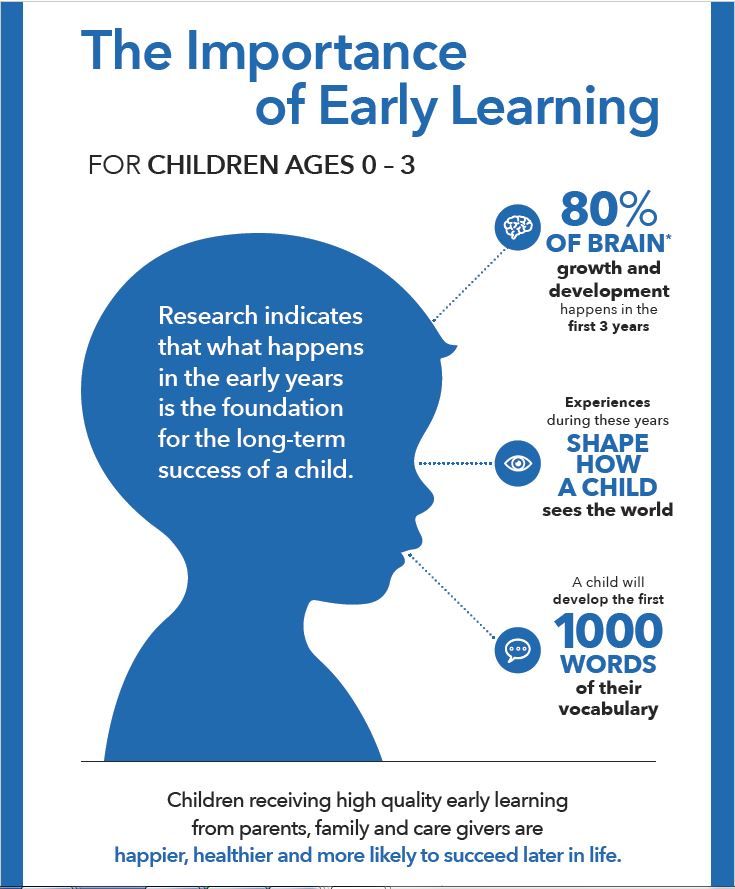 Formation of semantic fields, expansion of the dictionary of antonyms.
Formation of semantic fields, expansion of the dictionary of antonyms.
Contents. Children stand in a line facing the leader. Adult (leader) pronounces word and throws the ball to one of the players. The person who catches the ball must name antonym (the word is "enemy") to the given word and return the ball to the leader. If the pair word is chosen correctly, the child takes a step forward. The winner is the one who quickly approaches the conditional line, on which the leader is located. This child continues the game by inventing your words. nine0009
References:
-
Alekseeva M.M., Yashina V.I. Methodology for the development of speech and teaching the native language preschoolers. - M.: 2000.
-
Bondarenko A.K. Word games in kindergarten. - M.: 1974.
-
Borodich A.M. Methods for the development of children's speech. – M.: 1981
-
Kolunova L.A., Ushakova O.S. Work on the word in the process of speech development senior preschoolers // Preschool education.
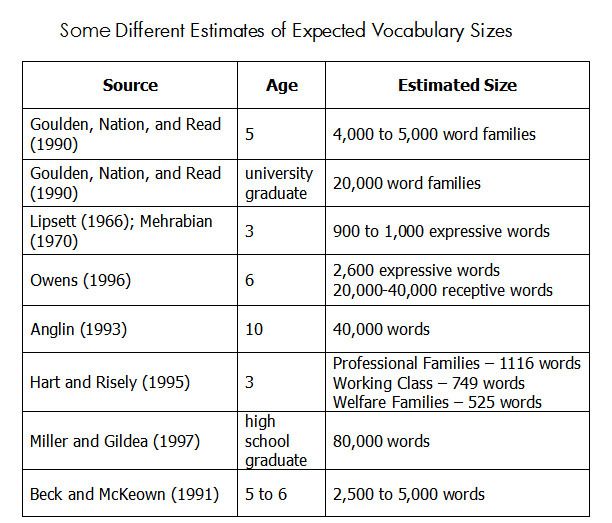 nineteen94 No. "9 .
nineteen94 No. "9 . -
Sokhin F. The development of speech of preschool children. - M.: 1984.
-
Tikheeva E.I. The development of children's speech. – M., 1992
-
Udaltsova E.I. Didactic games in the upbringing and education of preschoolers.-M .: 1976
-
Ushakov O.S. Classes for the development of speech in kindergarten. - M.: 1993.
-
Ushakov O.S. The development of the speech of a preschooler. - M., 2001
-
Ushakov O.S., Strunina E.M. Influence of vocabulary work on the coherence of speech // Preschool education. – 1981 No. 2.
-
Elkonin D.B. Child psychology. – M., 1999
-
Shvaiko T.S. Games and game exercises for the development of speech. - M.: 1983.
Basic terms (automatically generated) : child, game, word, object, vocabulary, ball, vocabulary expansion, adult, player, content. nine0009
increase in vocabulary.
 Blog Logo-Expert
Blog Logo-Expert Blog Logo-Expert
children Dictionary for parents
The quality and quantity of a child's vocabulary largely determine the level of speech development in general. The formation and development of a dictionary is one of the main directions of the speech development of preschoolers. This topic has been the subject of numerous studies over many decades, and does not lose its relevance even now. Currently, there are trends of deterioration in the level of speech development of children, including the scarcity of their vocabulary. The reasons for this deplorable situation are heredity, and congenital pathologies of development, and the imperfection of the educational system, and the lack of competence of teachers and parents on the speech development of preschoolers. Usually, vocabulary work is most intensively carried out in the early and younger preschool years, but it should continue in the older age groups of the kindergarten.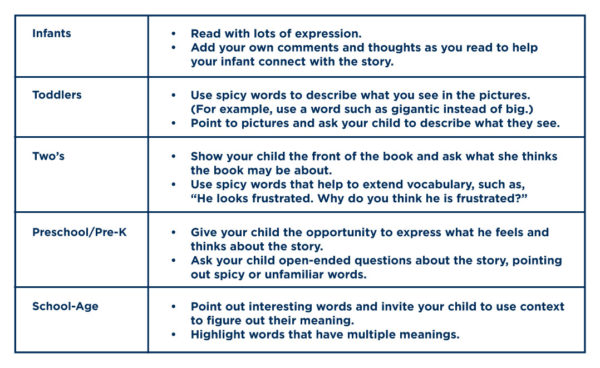 nine0009
nine0009
There are certain norms for the development of speech, an indicator of which, in particular, is the number of words a child knows. By the end of the first year of life, the first words appear (10-15 words). Babbling (lyalya, mom, dad) and onomatopoeic (meow, bibi). During the 2nd and 3rd years of life, the child has a significant accumulation of vocabulary. By 1.5 years - 100 words, by 2 years - 300-400 words, by 3 years - 1000-1500 words, and at 6-7 years old the active vocabulary is from 3500 to 5000 words. nine0009
Before entering school, a test is mandatory, which includes an assessment of speech development. And recently, the statistics have been disappointing, because most first-graders show signs of delayed speech development. This is a serious problem, which leads to the fact that such children are simply not ready for school. And first of all, this affects the acquisition of literacy - children simply do not have enough knowledge to pick up test words. nine0009
To prevent this, effective measures must be taken to enrich the child's vocabulary so that he knows as many words as possible before entering school.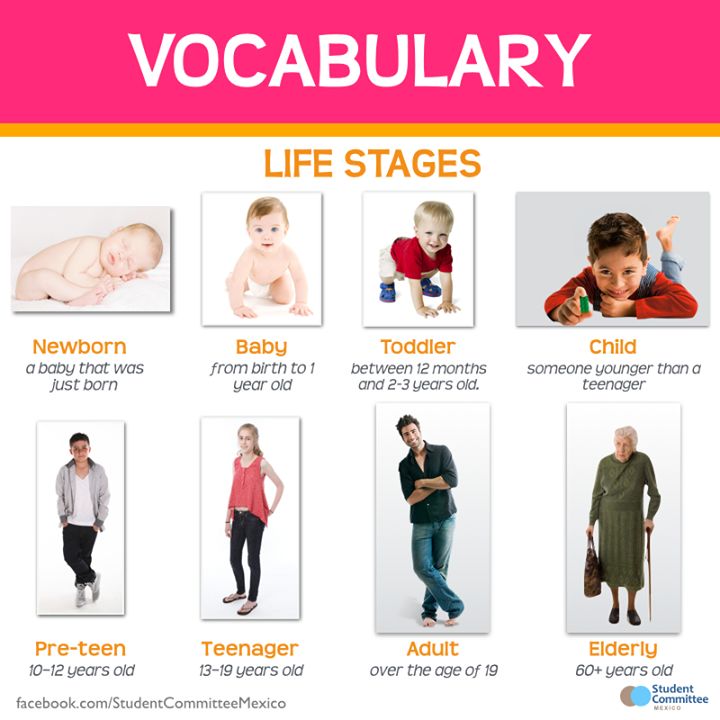
A child's vocabulary is of two types - passive and active. Passive vocabulary is those words, the meaning of which the child understands, but does not use in his everyday speech. The active vocabulary includes those words that the child not only understands, but also uses them in speech and writing. As a rule, the passive dictionary is always larger than the active one. nine0009
Thus, the main task is to expand the passive vocabulary, as well as help in activating the active vocabulary. The most active period, when the child begins to master the largest number of words, is the age of 1 year. If at 12 months a child knows about 12 words, then by the age of 4 he already masters up to 2000 words.
It is important to understand that words are not acquired by themselves - this is the result of systematic work to expand the child's vocabulary. And the work must be carried out every day - only in this way can good results be achieved. A huge role in this process is played by parents, on whose participation it directly depends on how quickly the child begins to speak and how rich his vocabulary will be.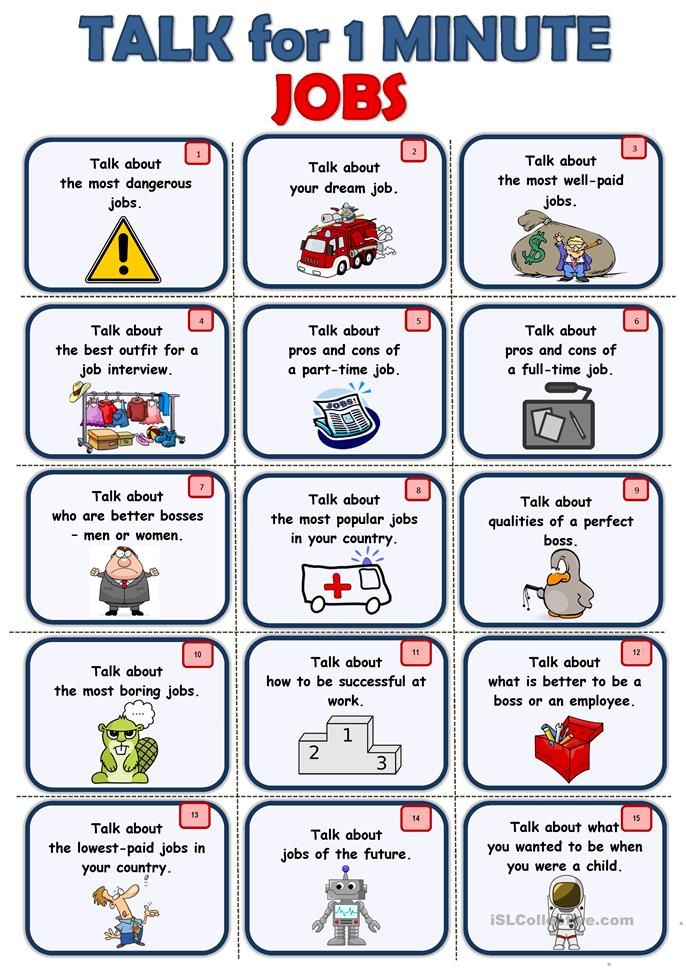 nine0009
nine0009
There are a number of recommendations to help form and increase the vocabulary of preschool children. Most of them do not require much effort on the part of parents.
All children are in different conditions of speech development, so the number of words they know is different in each case. But there is a certain list of terms and concepts that children should know by the age of 5-7:
- Household dictionary (names of toys, dishes, hygiene and household items). nine0087
- Spatial orientation (up, down, right, left).
- Concepts of time (second, minute, hour, year), days of the week, months and seasons.
- Dictionary of natural history (names of natural phenomena, animals, plants, birds that are in its immediate environment).
- Numerals (ideally up to one hundred).
- Social science terms (names of holidays, words denoting people's work, human values, etc.).
- Sports (football, hockey, etc.). nine0087
- Words denoting emotions, feelings and experiences.
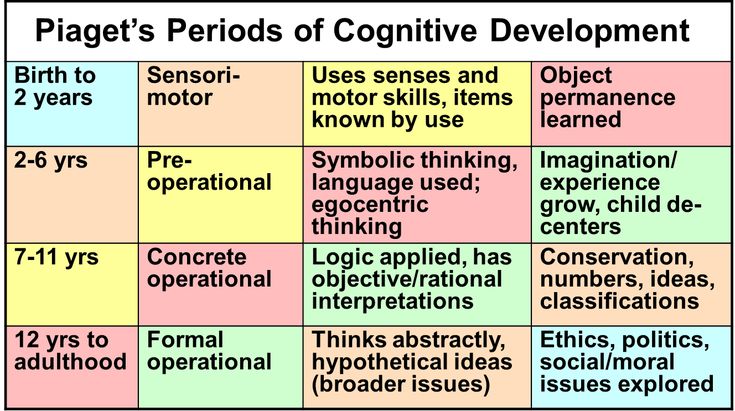
- Parts of the human body.
- Names of vehicles.
- Colors and shades.
There are many ways to build a child's passive and active vocabulary. Below we list the main recommendations, the observance of which will allow you to quickly achieve results.
Constant communication with the child is the basis that allows the child to learn new words, ask an adult about the objects and phenomena that he observes. nine0009
During communication, try to use not only definitions familiar to the child, such as “small”, “big”, “good”, etc. Introduce synonyms into speech that make speech more colorful, use metaphors and epithets.
It is important to understand that the speech of preschoolers mainly consists of nouns and verbs, so you need to use adjectives as often as possible. Children hardly remember them, so you need to acquaint the child with the shape and color, smell, material, purpose of objects. nine0009
You should not just read books aloud, but do it slowly and with intonation.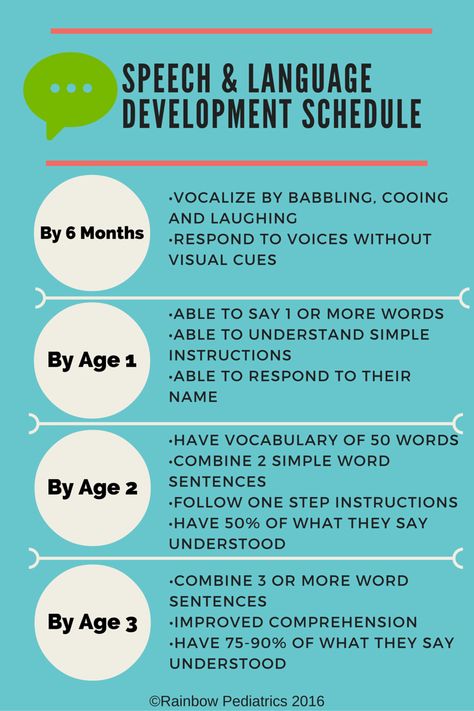 Periodically, you need to stop and ask the child if he understood the meaning of what he read, or if some words are incomprehensible to him. This is very important, because even when reading the simplest book, a child may have a lot of questions that you don’t even know about. Explain the meaning of unfamiliar words to him, and also ask questions about what he read.
Periodically, you need to stop and ask the child if he understood the meaning of what he read, or if some words are incomprehensible to him. This is very important, because even when reading the simplest book, a child may have a lot of questions that you don’t even know about. Explain the meaning of unfamiliar words to him, and also ask questions about what he read.
You can observe almost everything with your child. Conduct an inspection of the premises in which you visit (during a trip to visit, visiting a clinic, etc.), observe with him natural phenomena, children in the yard, animals and birds. nine0009
But don't just be an observer - comment on what you see. Actively share your observations, describe the feelings that you experience while doing this. The observations themselves should be interesting for the child, so if he does not want to look at the children playing on the playground, but wants to take part in this himself, then do not prevent him from doing this.
Looking at pictures and pictures in books contributes to the development of a passive vocabulary.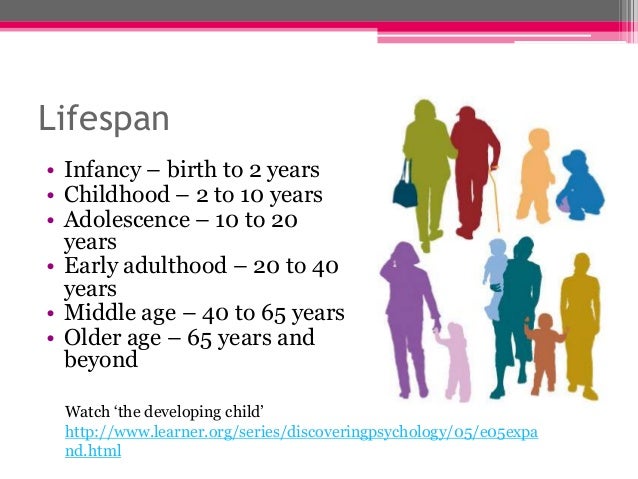 You should describe what is shown in the illustration, as well as ask leading questions to the child. nine0009
You should describe what is shown in the illustration, as well as ask leading questions to the child. nine0009
Drawing up a story from pictures is very helpful. First, you can disassemble each image separately, and then, together with your child, compose a simple mini-story based on these pictures.
Here you can combine business with pleasure. Take your child to the kitchen, for example, where you can cook family dinner together. There is just a huge number of new items, the names and purposes of which may be unknown to him. Demonstrate and name the available kitchen items to him, tell him exactly what they are for. nine0009
You can discuss the classification of products with him. So he will understand that vegetable oil is needed for frying, and not to drink it, that it is more convenient to eat soup with a spoon, etc. Surely the child will want to help you, so you can entrust him with some simple and safe task (stir salad with a spoon, sort out buckwheat, etc.).
Play is the form of learning that is most effective in childhood. In this case, you do not need any special devices, so you can play almost anywhere. nine0009
In this case, you do not need any special devices, so you can play almost anywhere. nine0009
Here are a few examples of such games:
- We name the attribute of an object and correlate a certain object with it. For example, large (elephant, skyscraper, world), white (bread, sheet of paper, etc.).
- Guess the profession. Examples: a person who drives a car ... (driver), a person who sells products ... (salesman).
- "I know five." At an early age, it is important to know not only a lot of words, but also to classify them into certain categories. You can invite the child to name 5 types of animals, types of transport, etc. nine0087
- "Edible-inedible". You name any word and throw the ball to the child. If the word is “edible” (ice cream, apple, watermelon), then the child catches the ball, and if it means an inedible object, then the ball is discarded.
- "Say the opposite." You say a word, and the child must name its antonym: hot - cold, slow - fast, clean - dirty.


